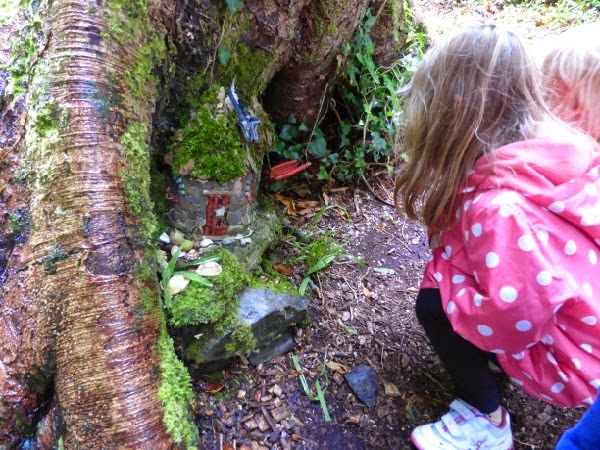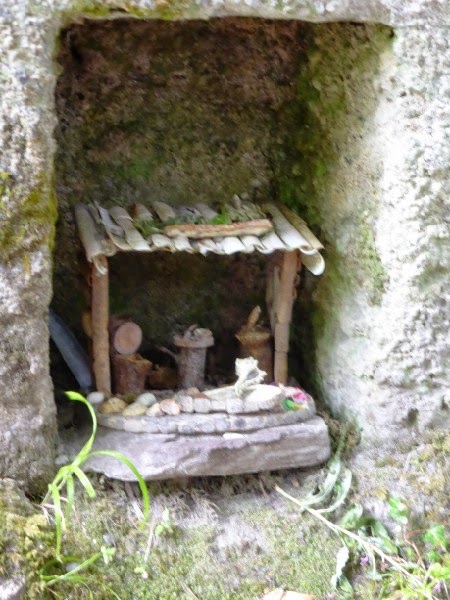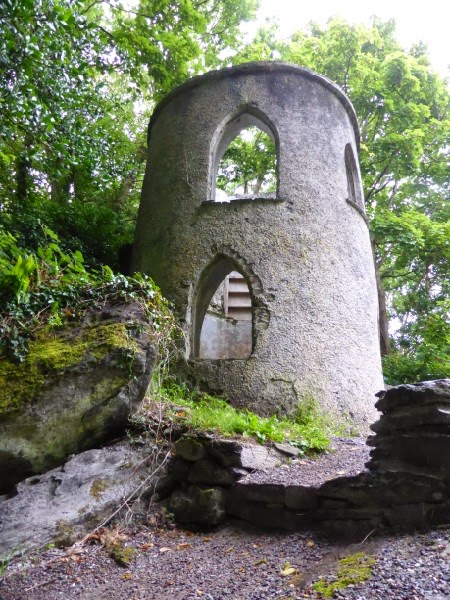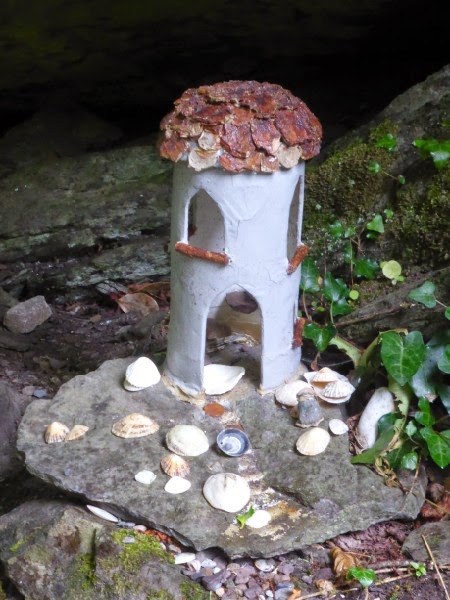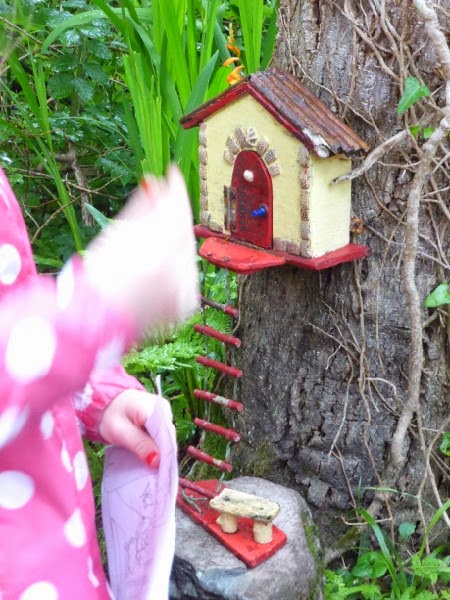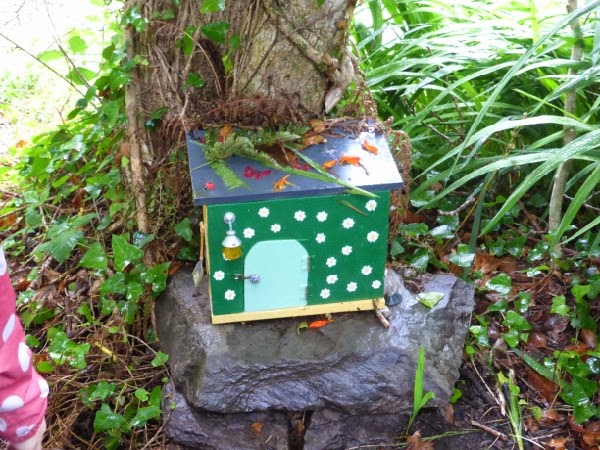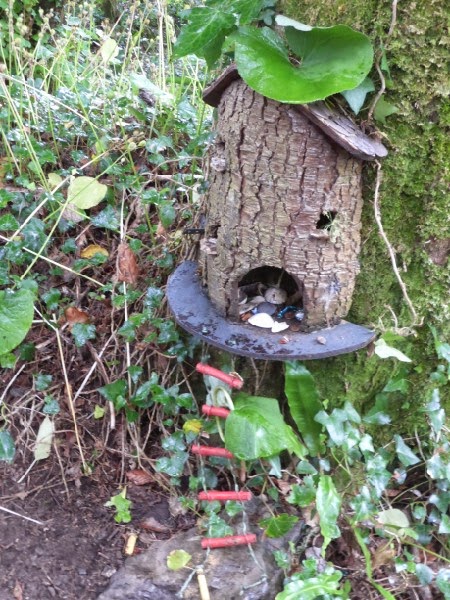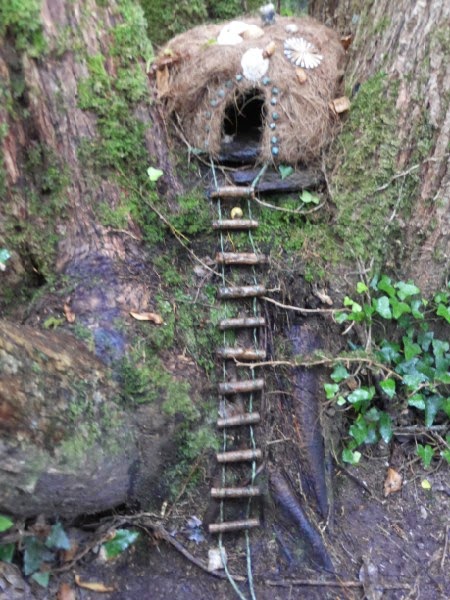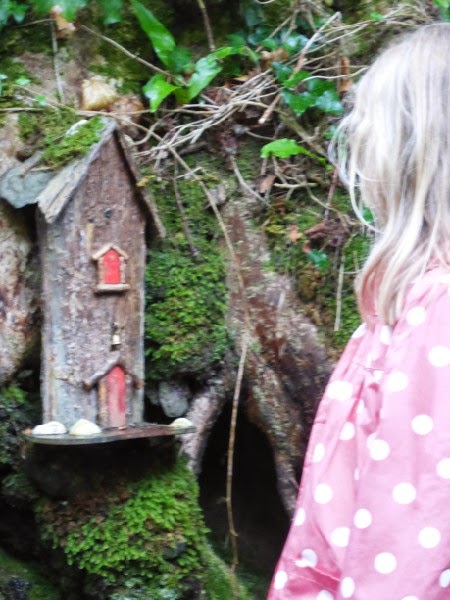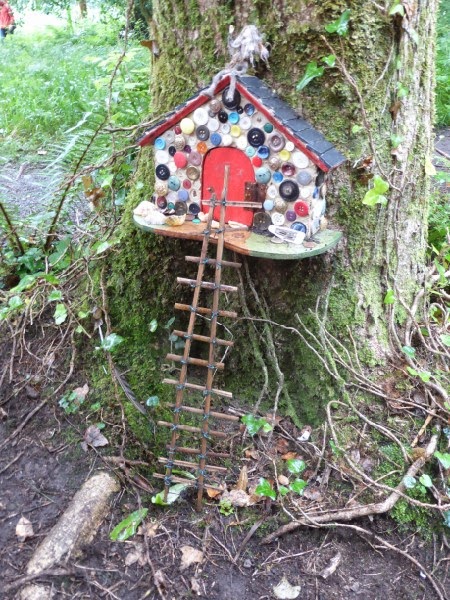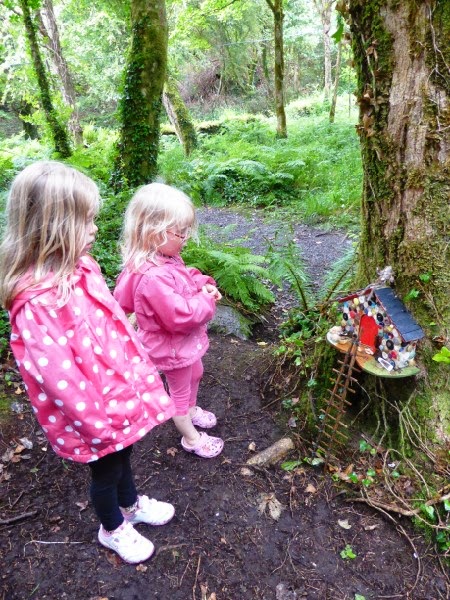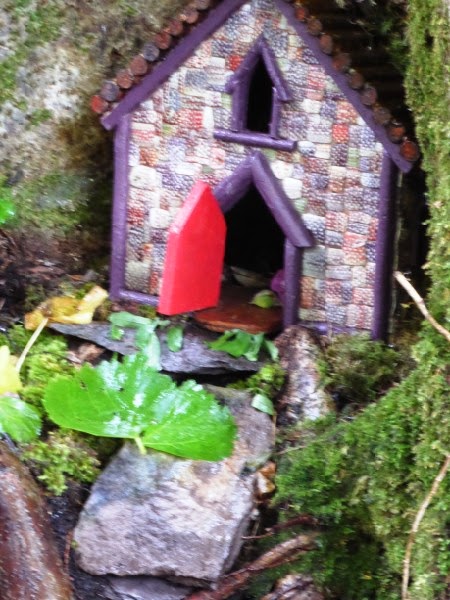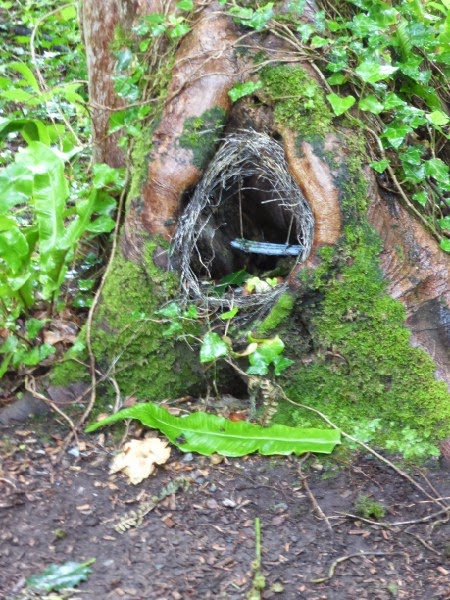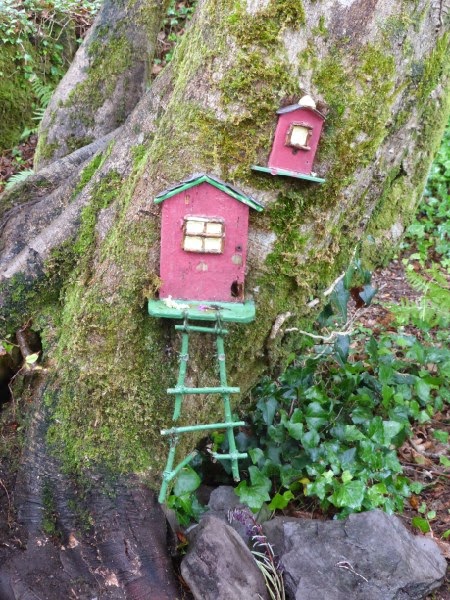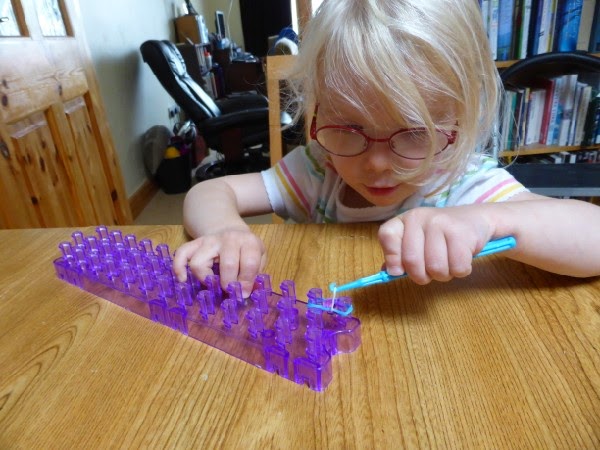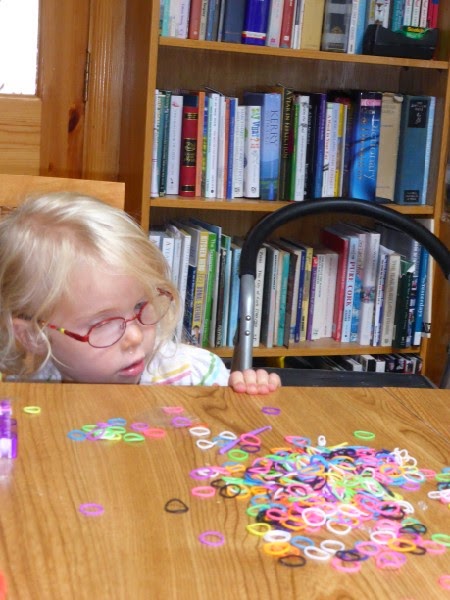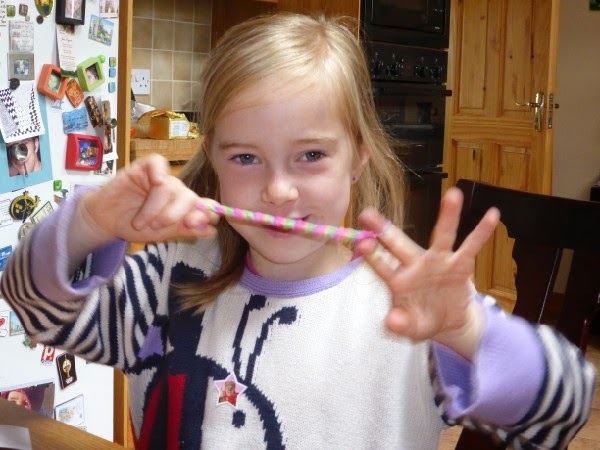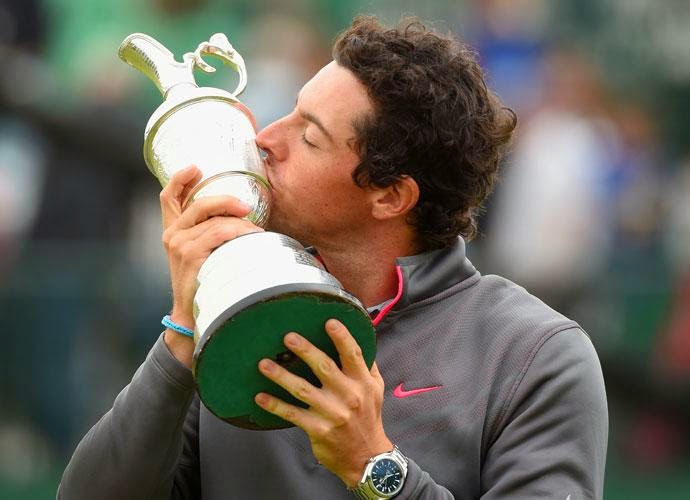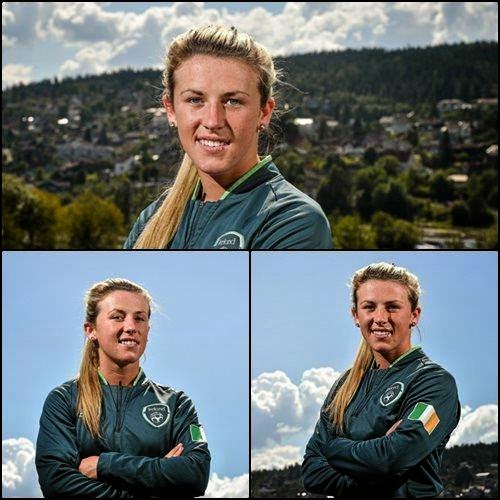The Barrack Corner, Ballybunion
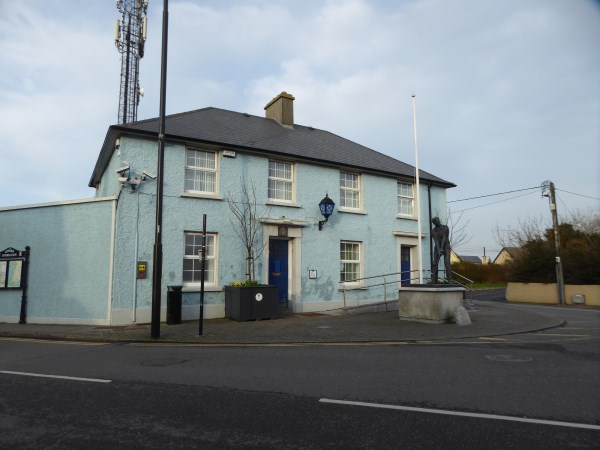
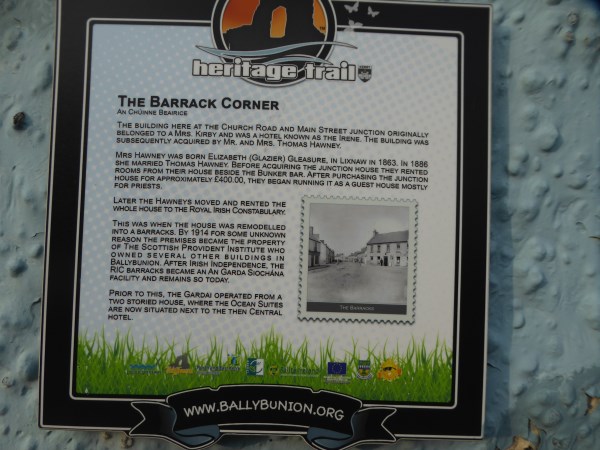
<<<<<<<<<
Pres. Listowel girls who represented Ireland in the World Schools’ Basketball Championships
( Someone might tell us the year)
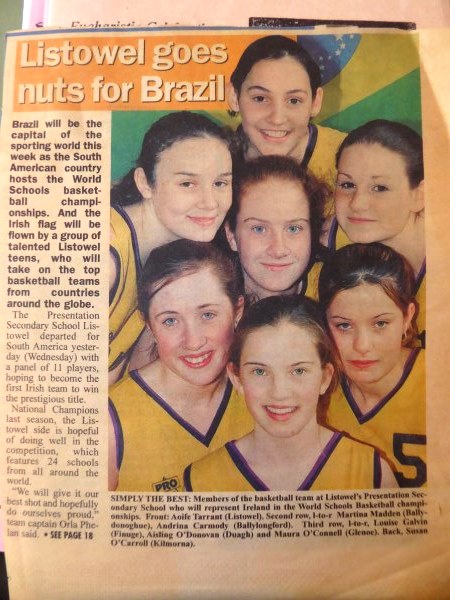
Top left is Louise Galvin who is now more famous as a rugby player. She recently scored a try in Dubai in the Sevens’ World Series which ended in defeat for Ireland at the quarter final stage.
<<<<<<<
Christmas Candles
Last week I posted this;
In olden days the Christmas candle was the big white one pounder. Anything smaller was regarded with something bordering on contempt., unworthy of the title “Christmas” candle. They were unfavourably described as “little traithníns of things”. Tháithnín being the Irish for a wisp of straw or a blade of grass. When the electric candle arrived in the mid sixties the newcomer was dismissed as being nothing like a rale candle at all.” I vividly remember all those “rale candles” shining in the windows of the farmhouses as we made our way to midnight mass on Christmas Eve, the nip of frost in the air and the sky “alive with stars.”
And then I read about candlemakers in the Irish Independent. Let me share a few things I learned with you.
Rathbornes of Dublin is the oldest candle making firm in the world. It was founded in in 1488.
In 1488 only the wealthy could do anything after dark for there was no public lighting and only the rich could afford a supply of candles to keep the dark at bay.
Before candles there were smelly oil lamps which often fell over with disastrous consequences.
The first candles made from animal fats were made at home or in monasteries.
The first street lighting was candle light until it was replaced by oil and gas in the 18th century.
Candles were used as devices to keep the time. A timekeeping candle has 12 marked divisions and could burn for 24 hours. These were used to mark the length of work shifts in industry. Timekeeping candles were used in some coalmines until 50 years ago.
The phrase ‘burning the candle at both ends” has its origins in the days when candles were valuable and used sparingly. Burning the candle at both ends would be wasteful and an inefficient use of energy.
<<<<<<<
Slander in Kerry
From Patrick O’Sullivan’s A Year in Kerry
A learned professor with an address in Kensington, London, believed that there was enough gossip in Kerry in the year 1935 to make it a proposition for him to publish the following advertisement in The Kerryman: ‘If those suffering as a result of scandal or slander care to send me a postal order for 2s.6d I will give them sound advice to assist them in defeating same with the utmost dignity and prudence.” The professor’s advice did not come cheap; 2s.6d, the old half crown was a considerable amount of money in those days.
Victims might have been better advised to seek out a trusty solicitor. Though, according to an old story, when Daniel O’Connell was asked by a woman to direct her to an honest lawyer, he replied, “I fear your request is beyond me, Madam.”
<<<<<<<
Those were the Days….Probably 1978
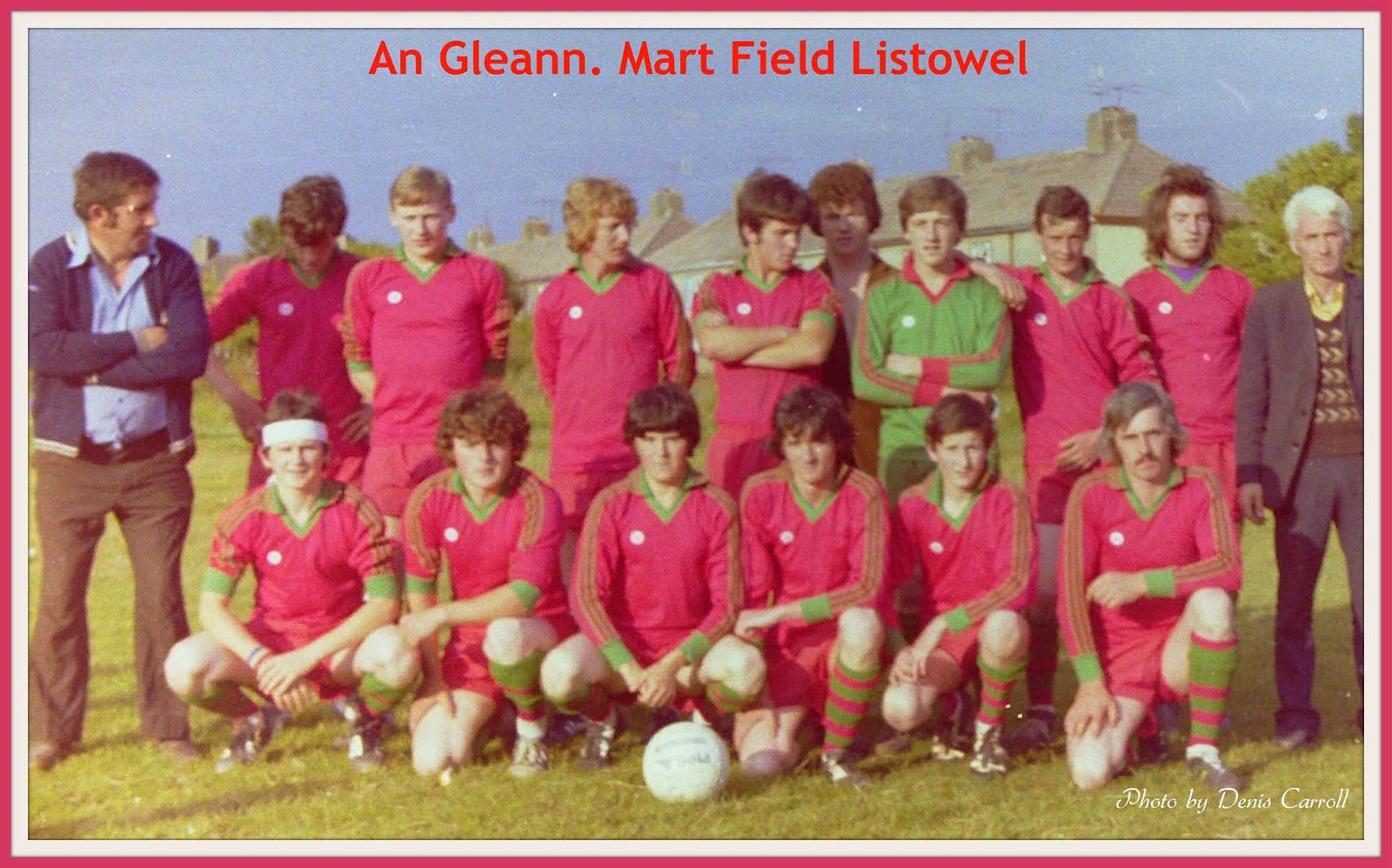
Photo and names from Denis Carroll on Facebook
Back row L-R Gigs Nolan,?, Pa Kennedy, Miley Fitz, Jerry Kelliher, Bob O Brien, Buster Lynch, PJ Kelliher, Jimmy Griffin, Manager Roche.
Front L-R, Denny Carroll, Peter Sugrue, Kempes Kelliher, Kevin Sheehy, Liam Kelliher & Noel Roche.
<<<<<<<<
A Clarification of a Clarification
Just a quick bringing you up to speed on this story. A little boy in the folklore collection in Dúchas recorded a story in his family of how the local mill owner, whom we now know was Maurice Leonard, allowed people to starve during the Famine while his mill was full of flour.
A blog follower who had read Home Thoughts from Abroad wrote to “correct” the folk memory and to say that Mr. Leonard was in fact extraordinarily generous to the starving people of Listowel.
Not so according to today’s email;
Hello, Mary.
Always enjoy Listowel Connection — and appreciate the effort and detective work you put into it.
In your latest post, the person who was “happy to put the record straight” about Litstowel mill owner Maurice Leonard actually raises more questions.
On the one hand, W. Keane reported that Leonard had soldiers posted outside his mill during the potato famine to keep the hungry away from the grain. And that the mill owner was willing to let grain that he couldn’t sell go rotten.
On the other hand, the person who wants to set the record straight notes that a T. F. Culhane (in his book Home Thoughts From Abroad) recalls that same mill owner getting “six thousand barrels of flour” to the starving.
‘Recalls’ is the wrong word, as T. F. Culhane was born fifty years after the famine.
W. Keane’s version, which painted quite a different picture of that mill owner, was recorded in the late 1930’s — so that wasn’t a first-hand account either.
There are a couple hard facts in John Pierse’s excellent book Teampall Bán relating to Mr. Leonard’s mill and to the man himself.
First of all, during that time Leonard’s mill functioned as an auxiliary workhouse, which means Leonard benefited from free labour from those reeling from the famine. That was, of course, perfectly in line with the UK government’s quaint economic/moral philosophy at the time.
And as far as any contemporaneous record of Mr. Leonard’s charitable largesse, Teampall Bán notes his donation to the 1846 Listowel Relief Fund. It was two pounds.
It’s only implied through the T. F. Culhane quote that Mr. Leonard freely gave those six thousand barrels of flour to the starving.
Without other evidence, it’s a safer bet that Leonard in fact sold that flour to workhouse officials.
I think six-thousand-barrels worth of charity would have left a far greater imprint in local lore.
I’m interested if any fellow blog readers and any historians out there have any info about whether our local mill owner was indeed a saint, or just a man of his times.
Best regards.
— Dan Murphy
Dan raises some very interesting points. What a pity John Pierse is n’t online! I’ll have to leave it to a few more local historians to unravel this one.
<<<<<<<
Listowel, A Printer’s Legacy
This is Vincent Carmody’s latest addition to the history of Listowel in print. This book is a tribute to the late printer, Bob Cuthbertson and to the people who worked with him and the printers who came after him until 1970.
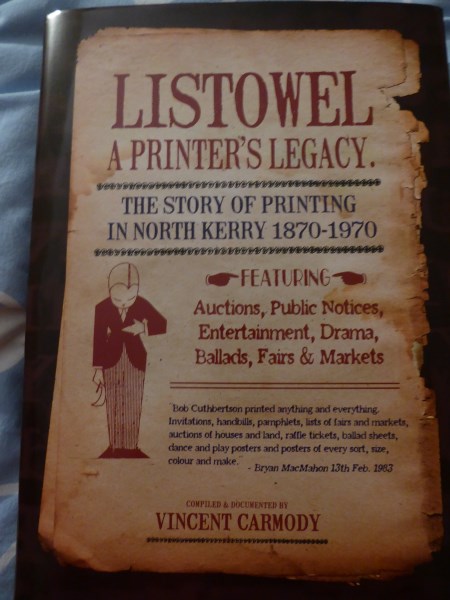
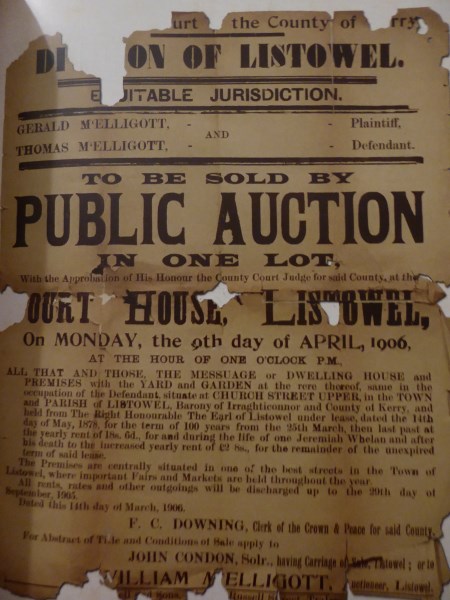
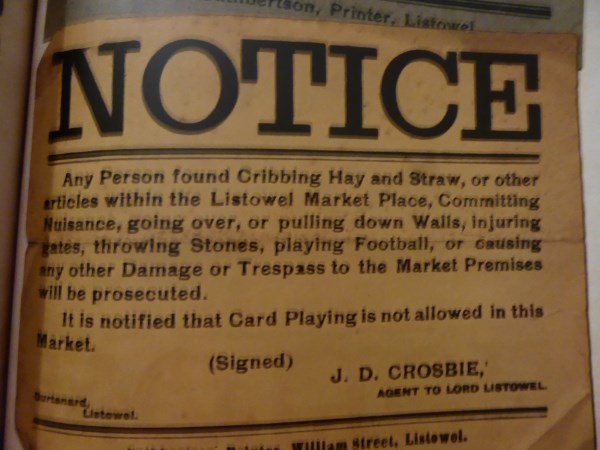
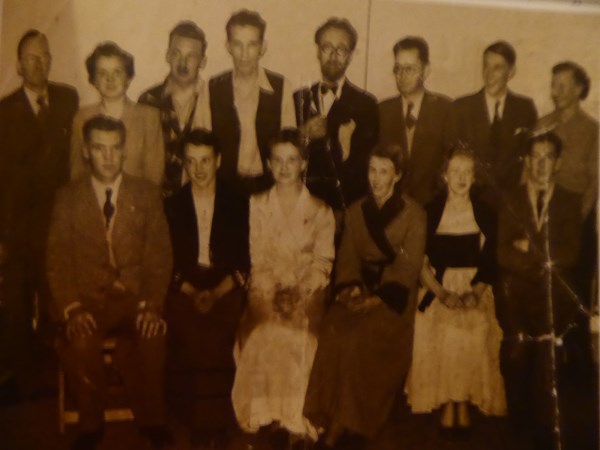
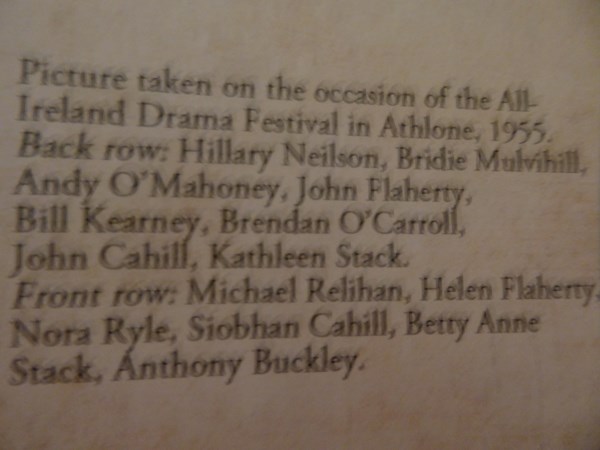
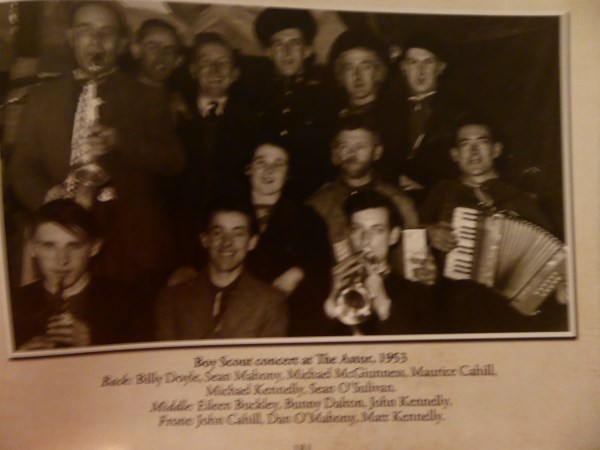
These are a few examples of the material that is in the book. Anyone interested in social history will have a great time feasting on the nuggets in this impressive book. I dont think any other town has such a record. It also has a brilliant introductory essay from Cyril Kelly and an afterword from Fergal Keane.

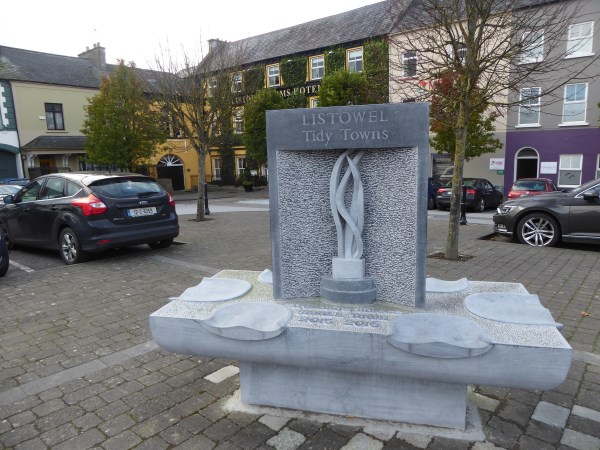
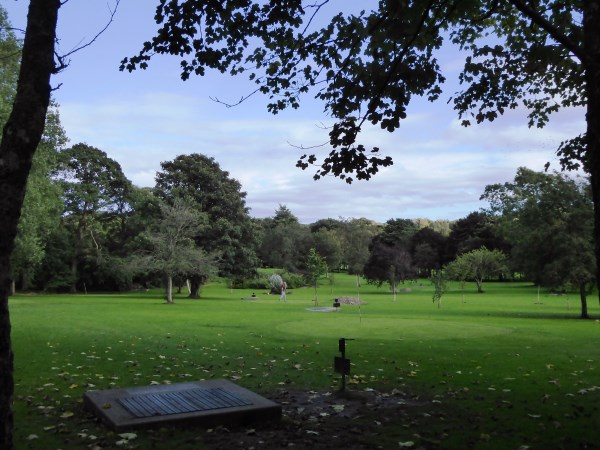
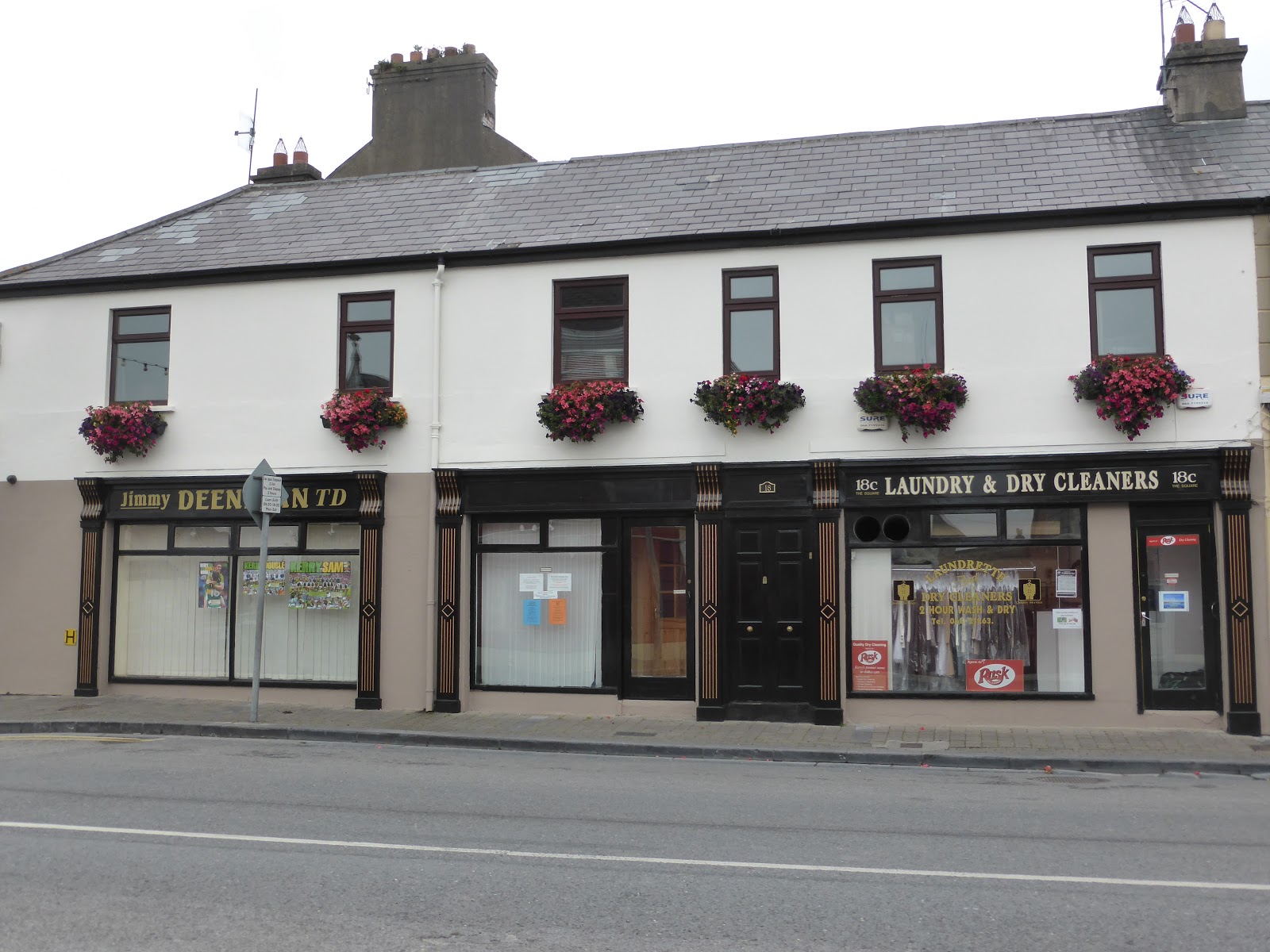
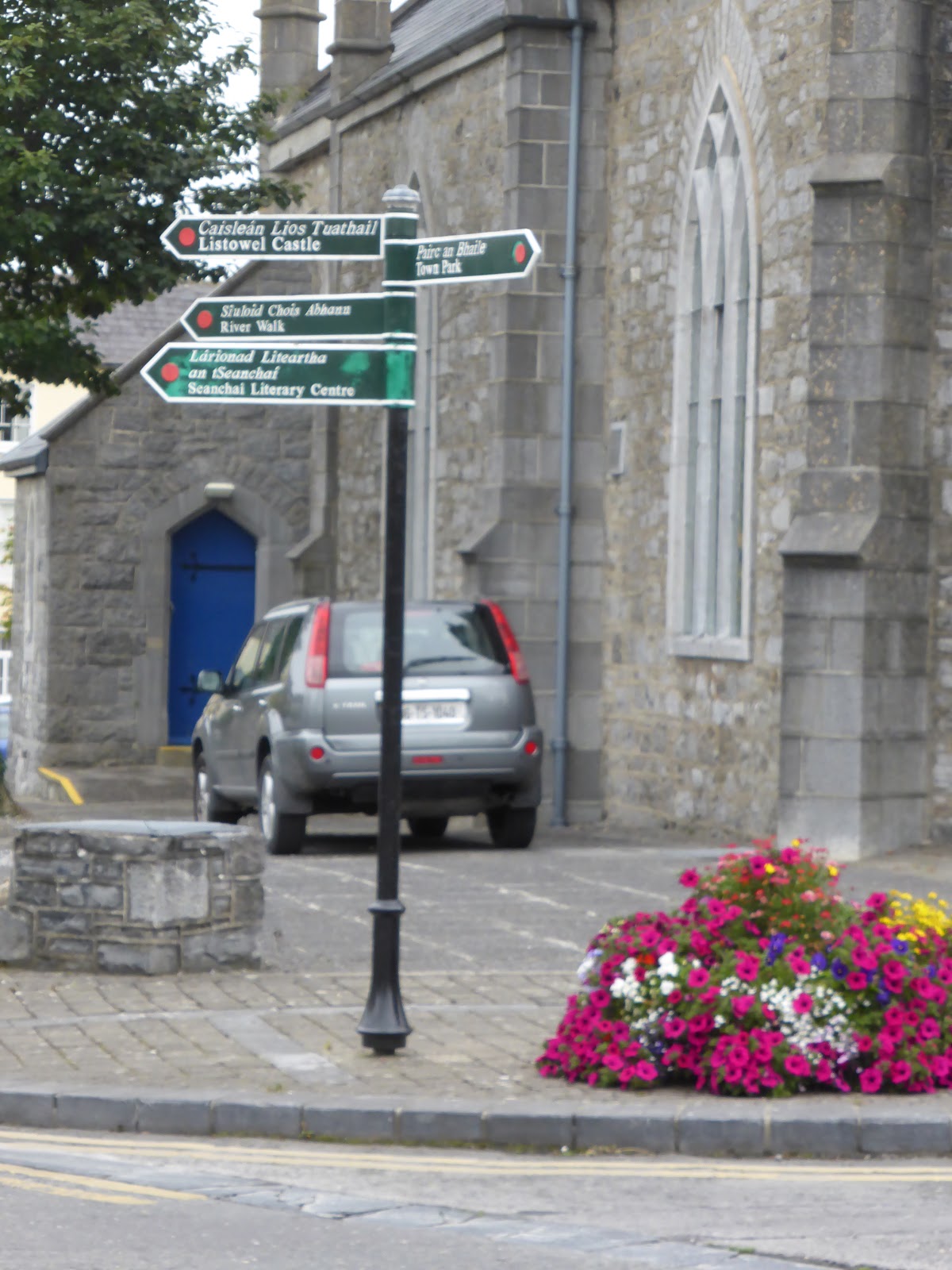
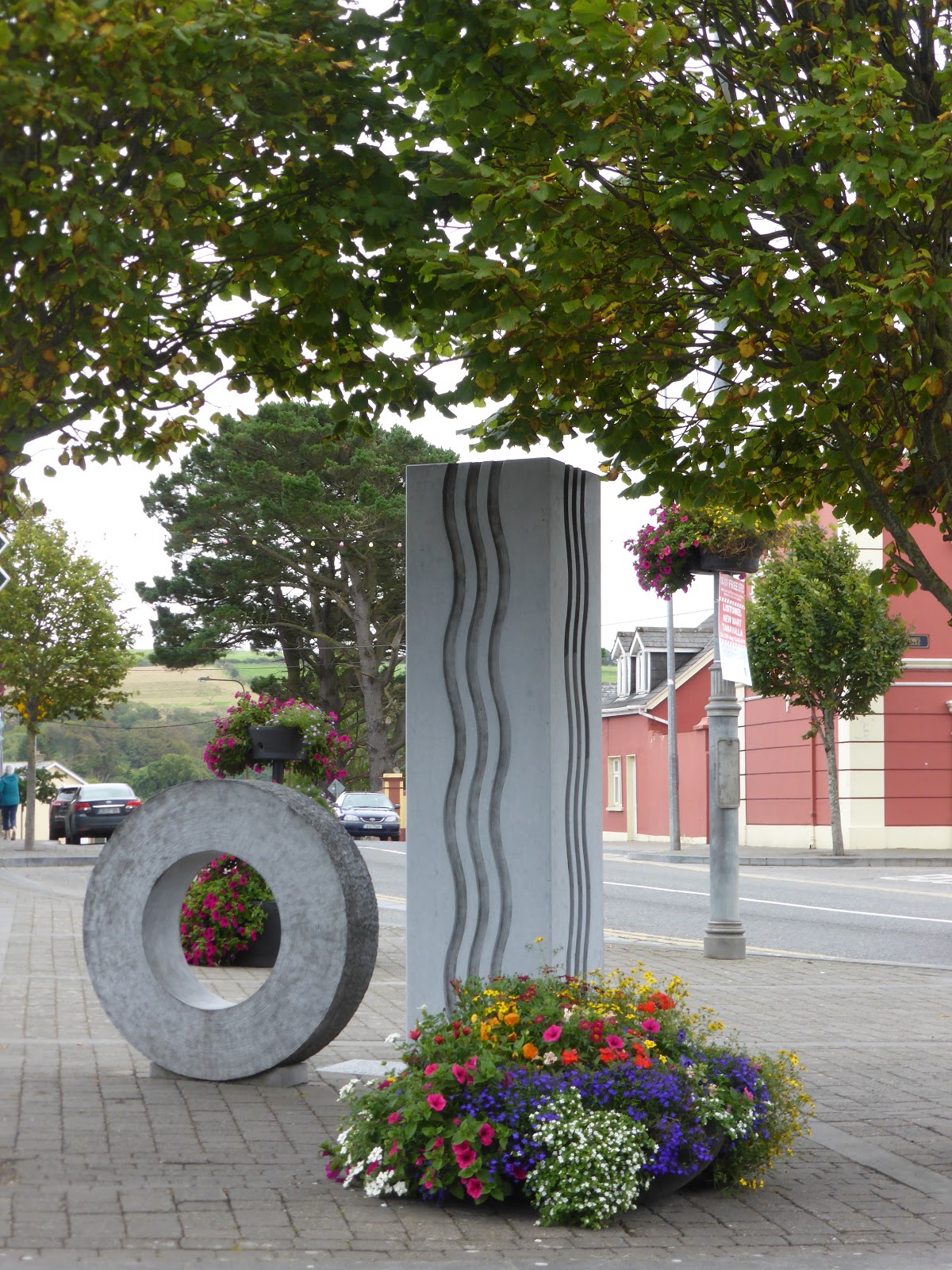
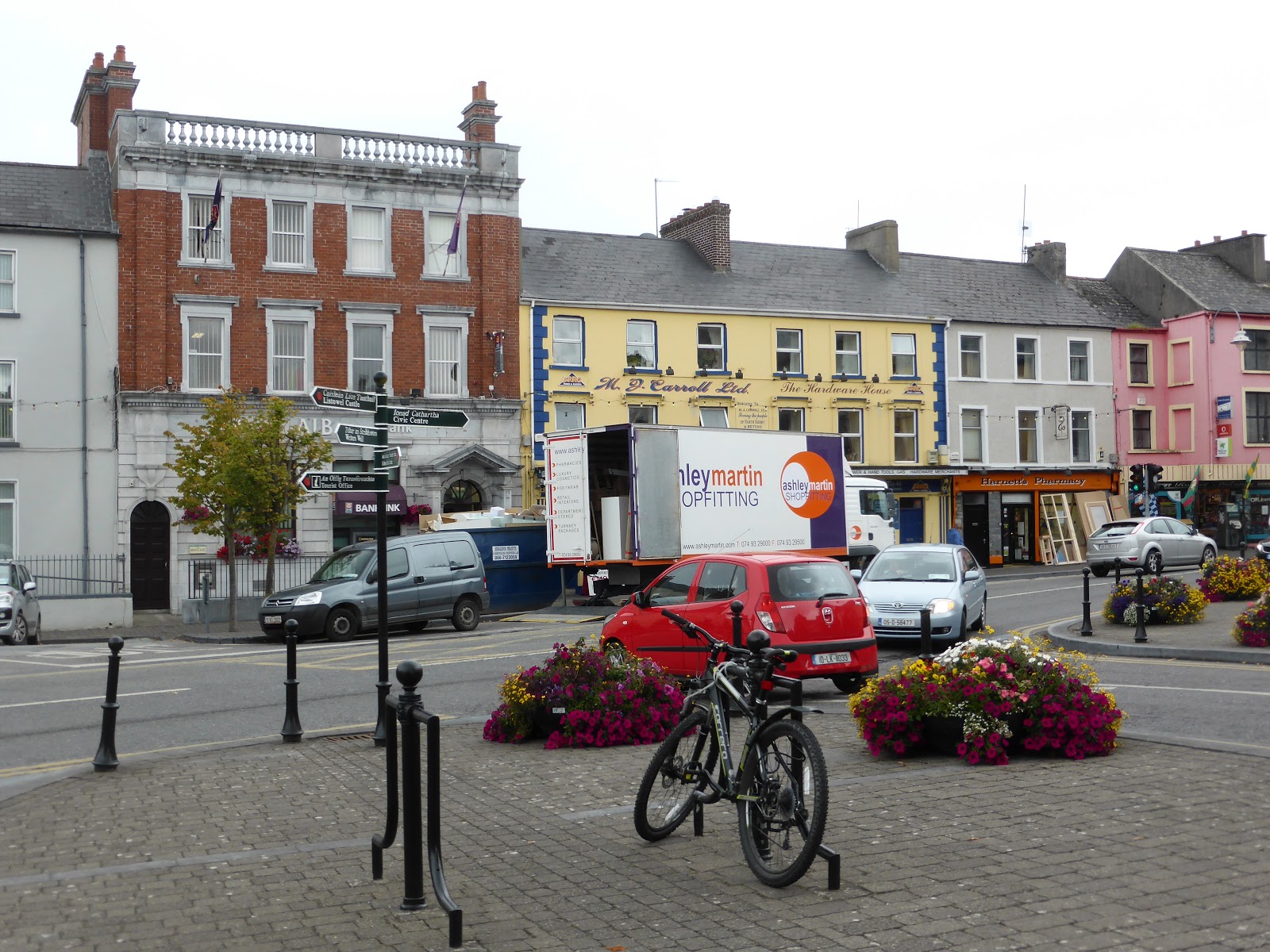
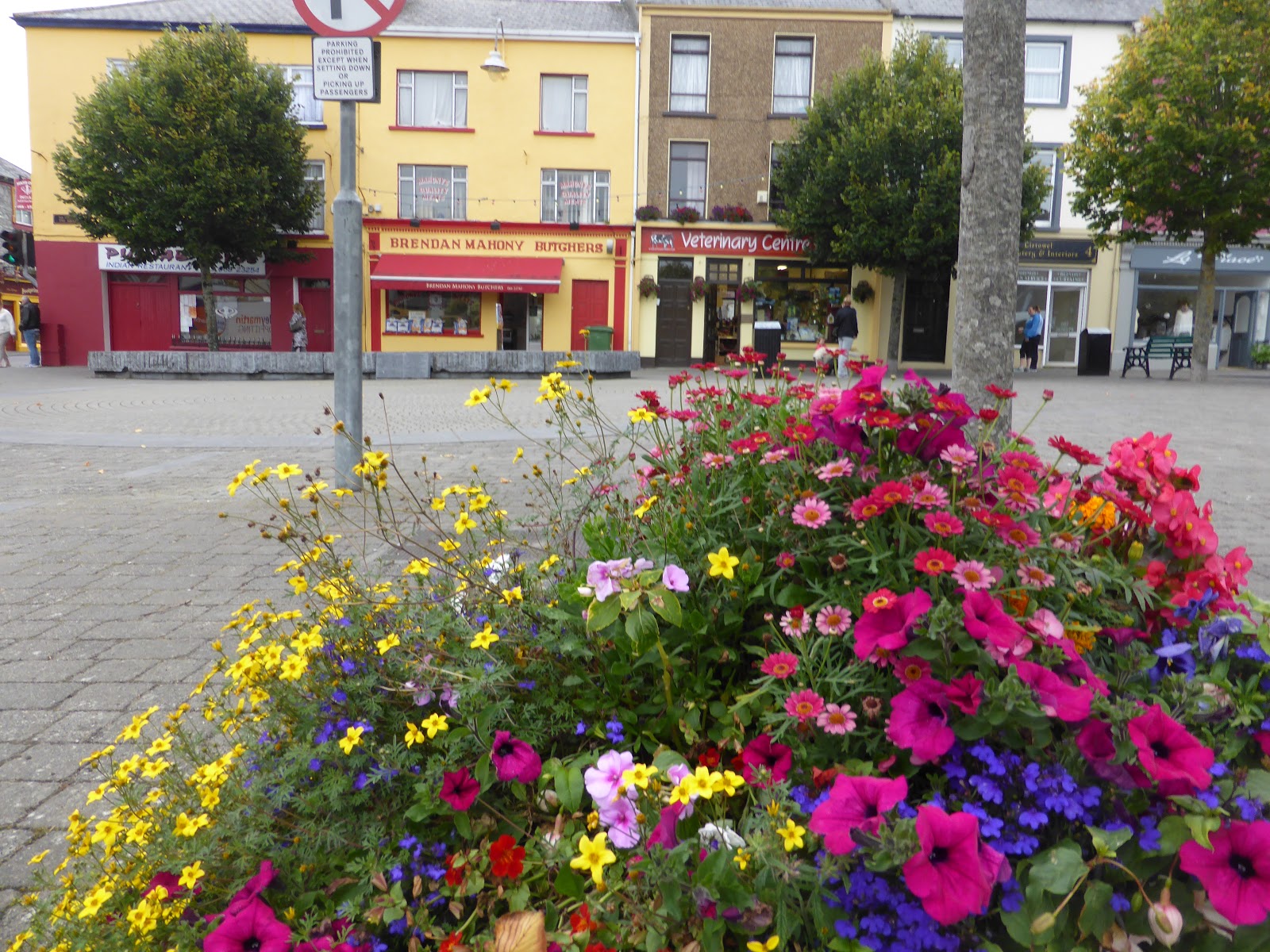
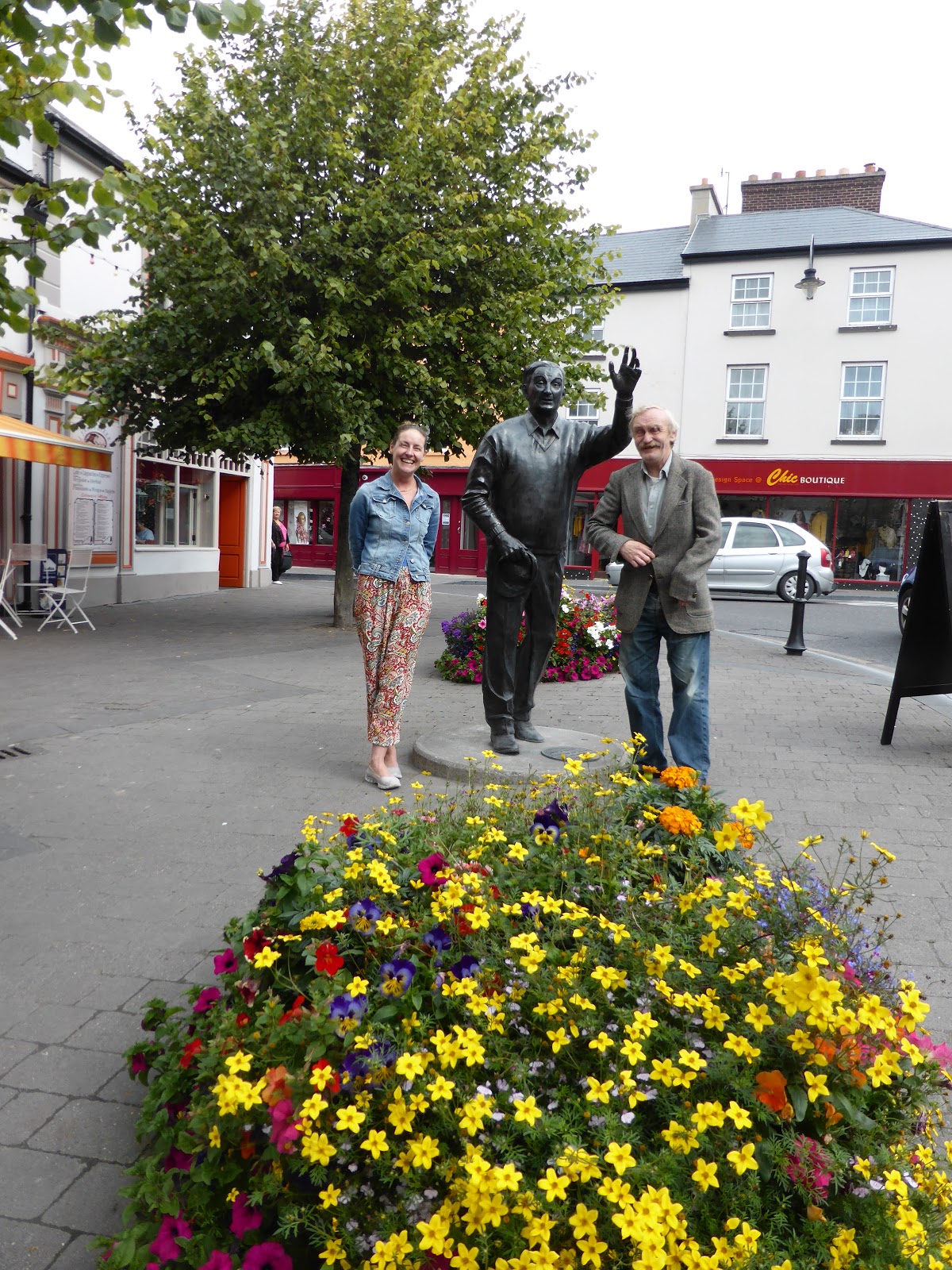
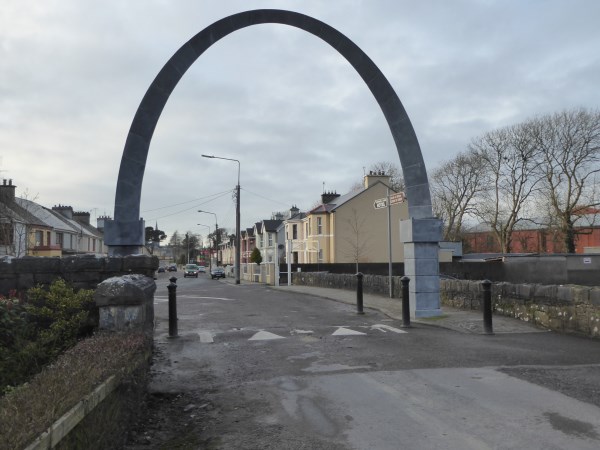
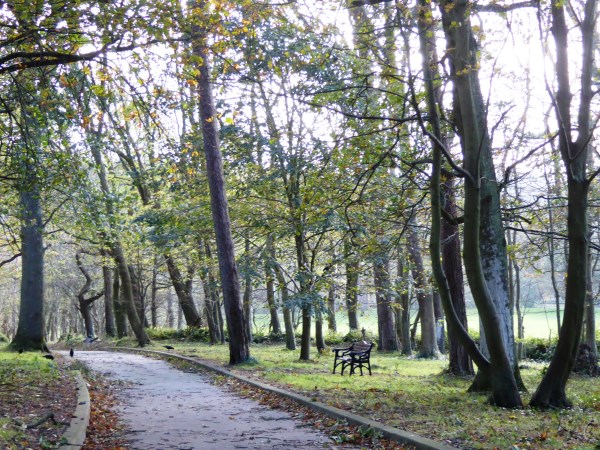
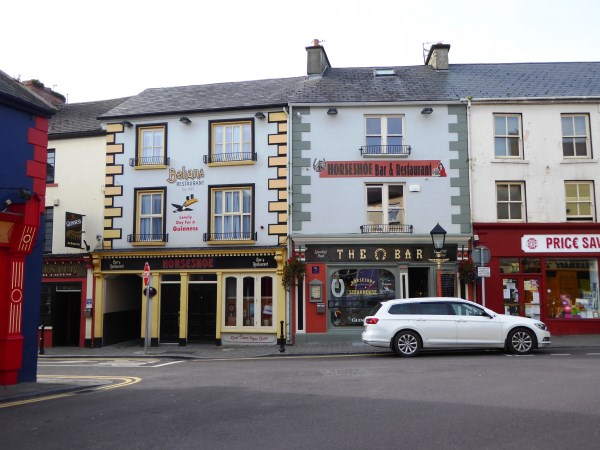

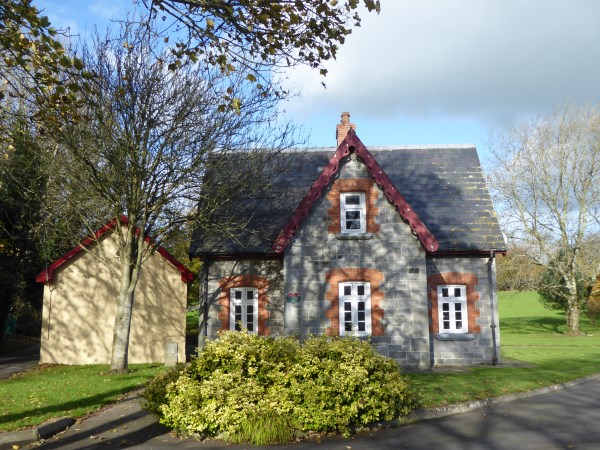
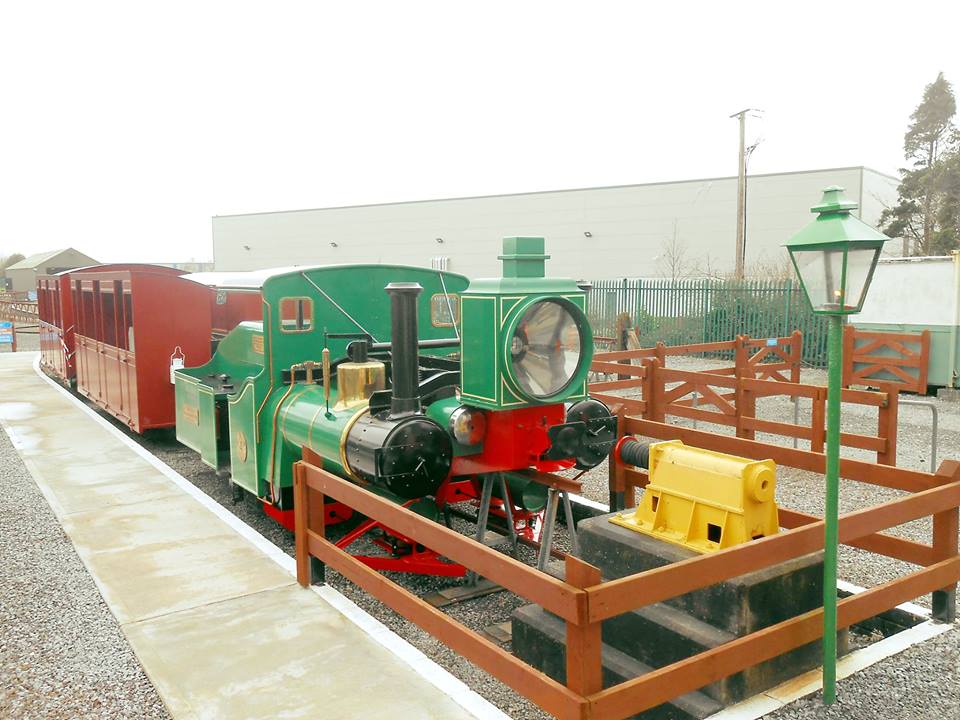
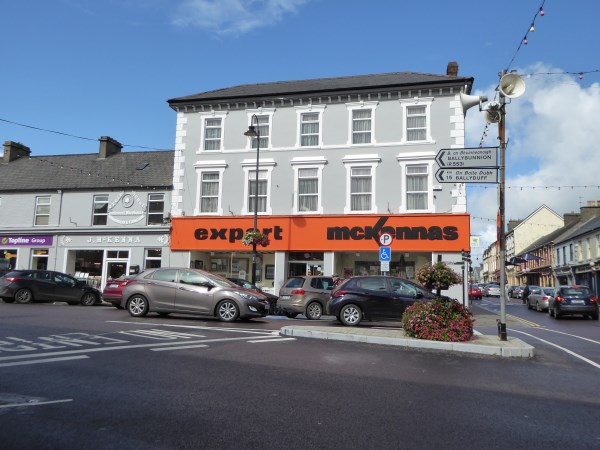
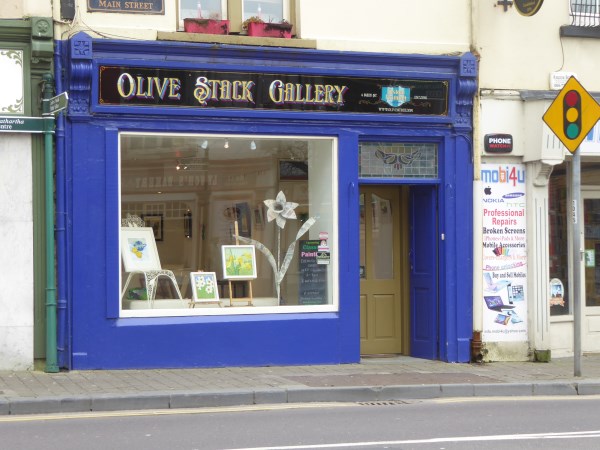
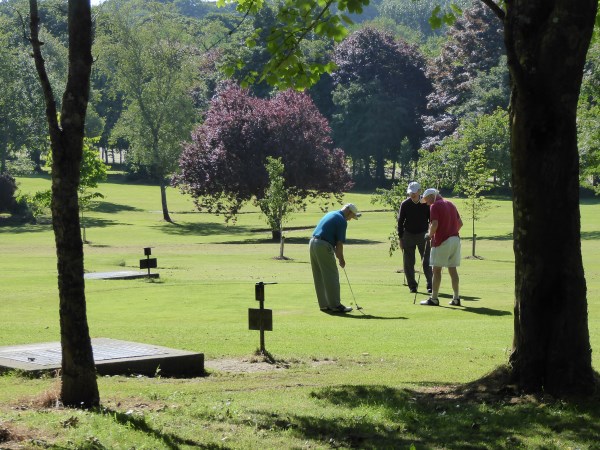
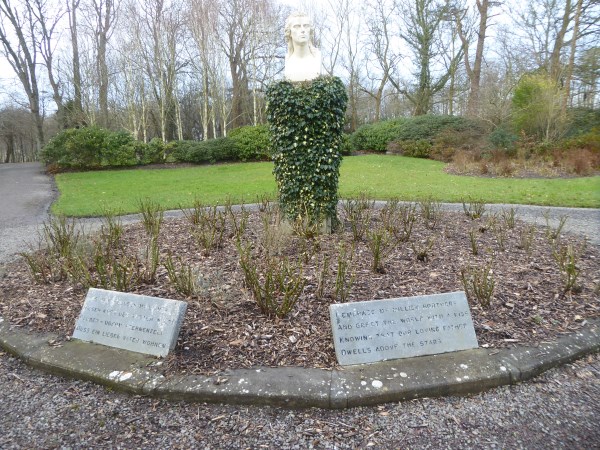

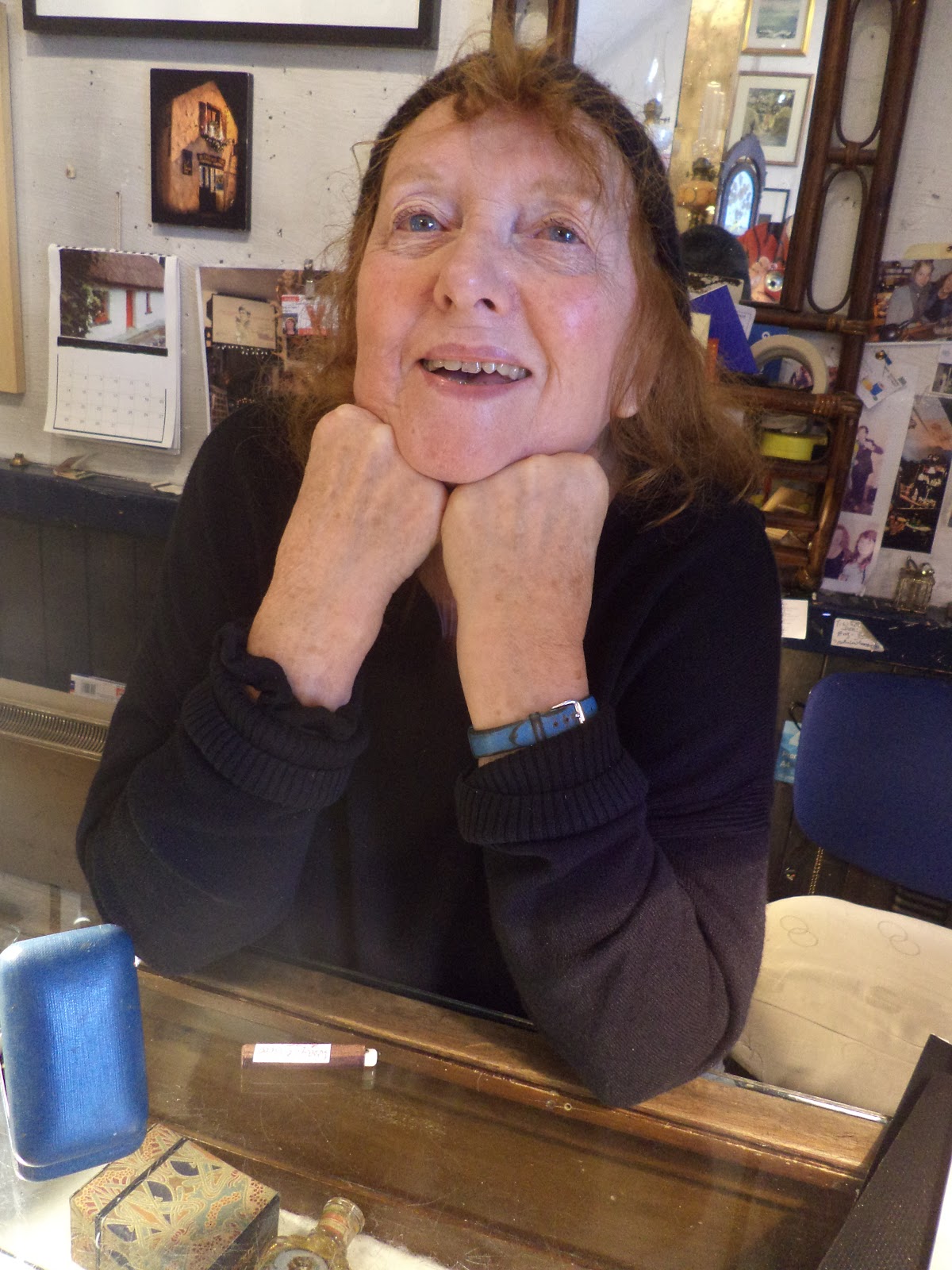
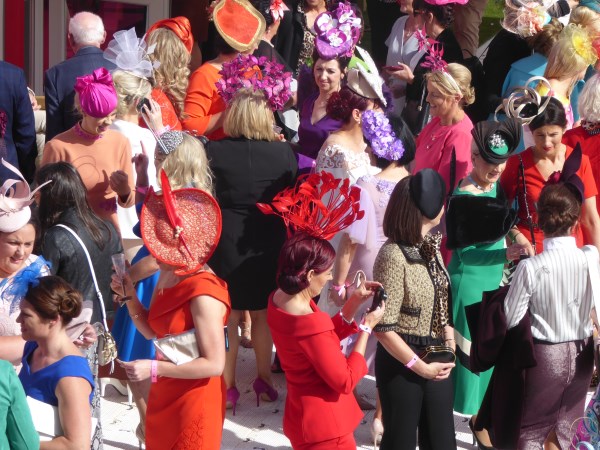
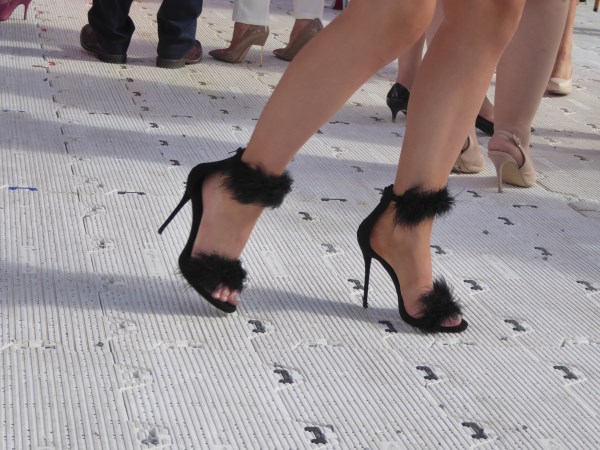
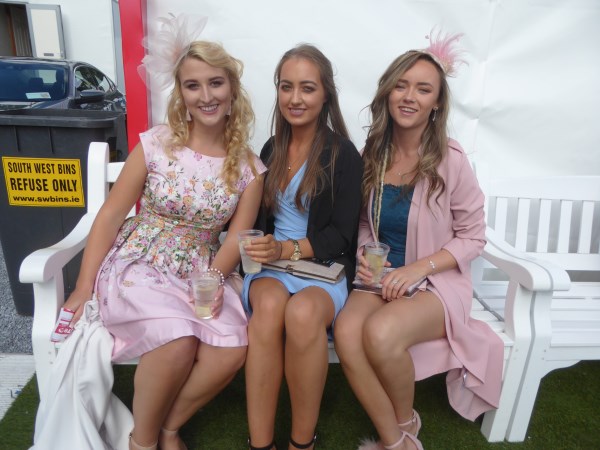
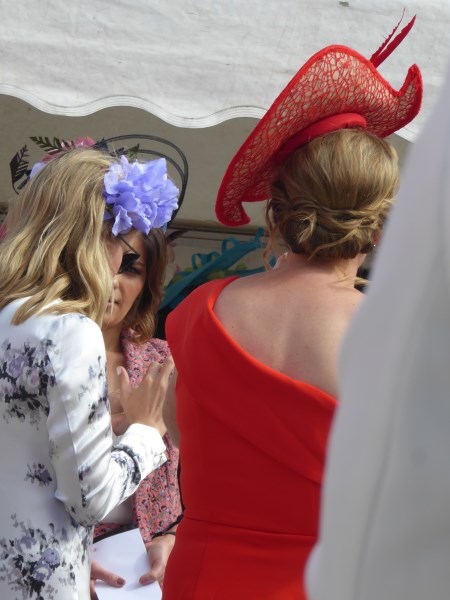
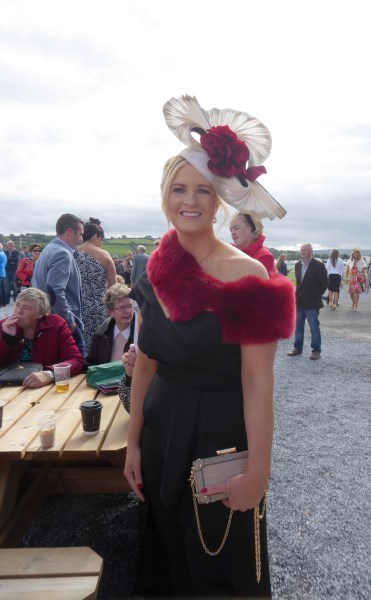
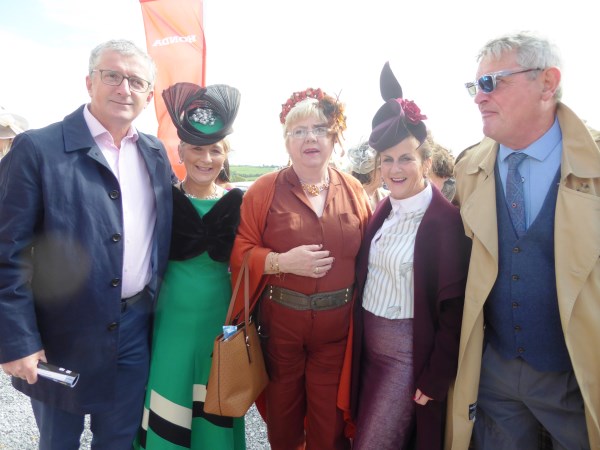
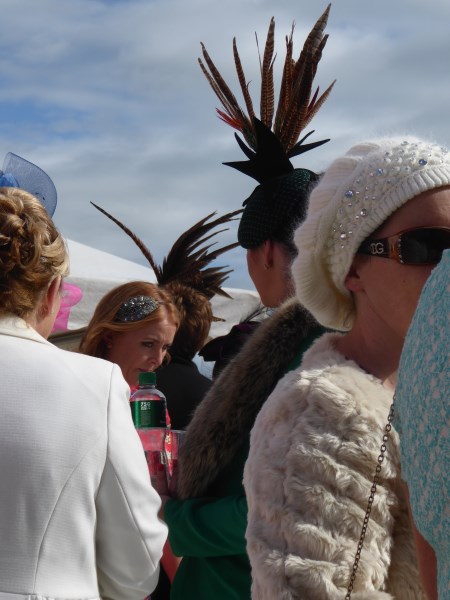
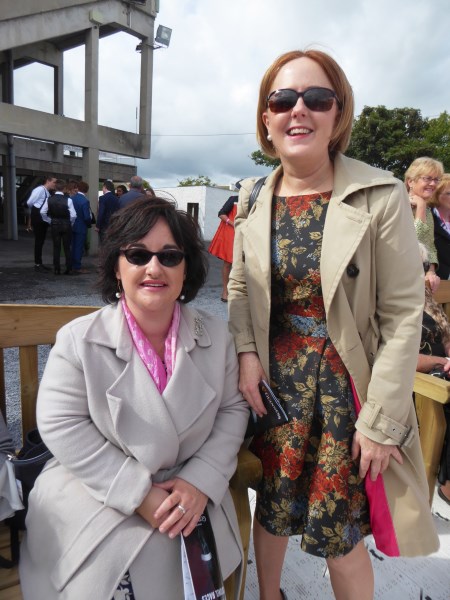
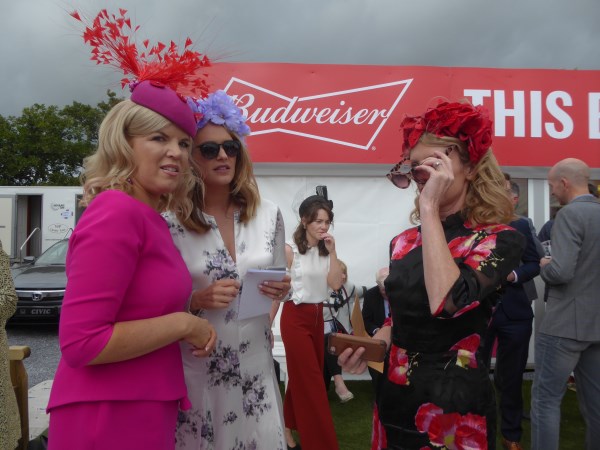

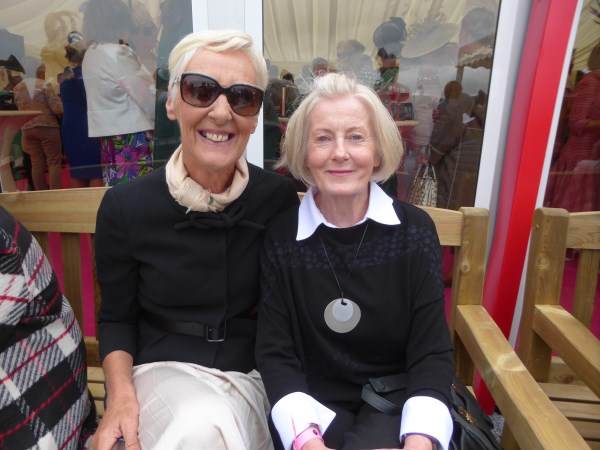
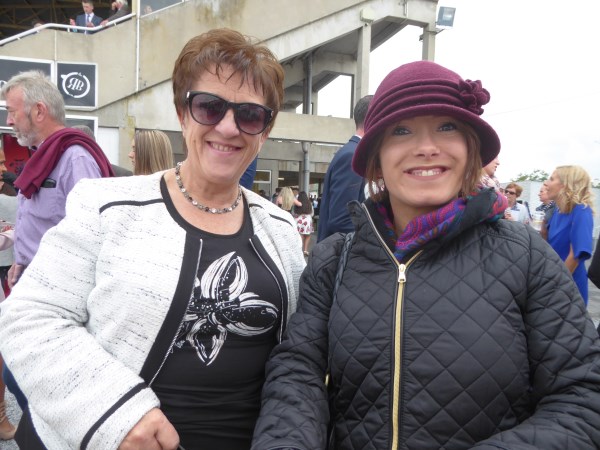
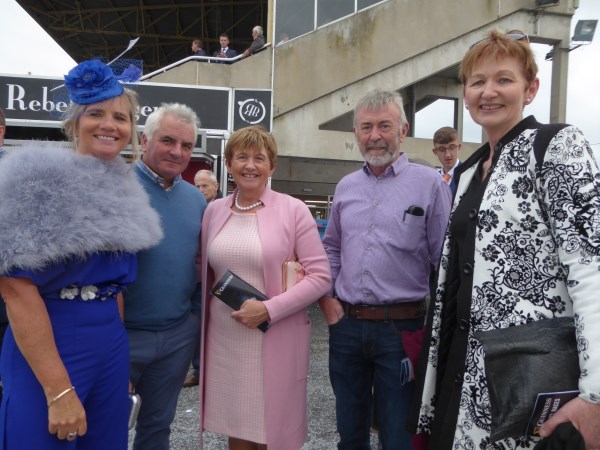
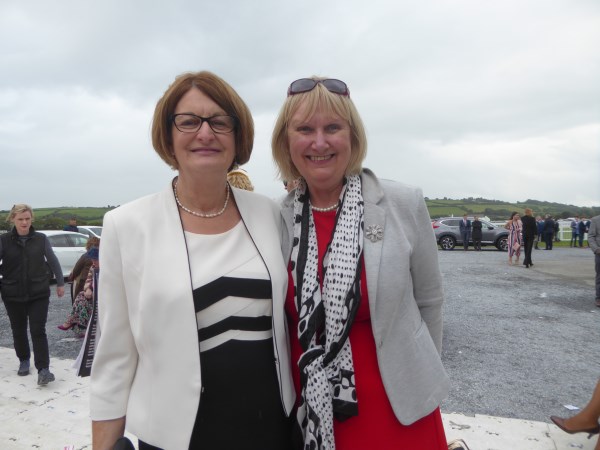
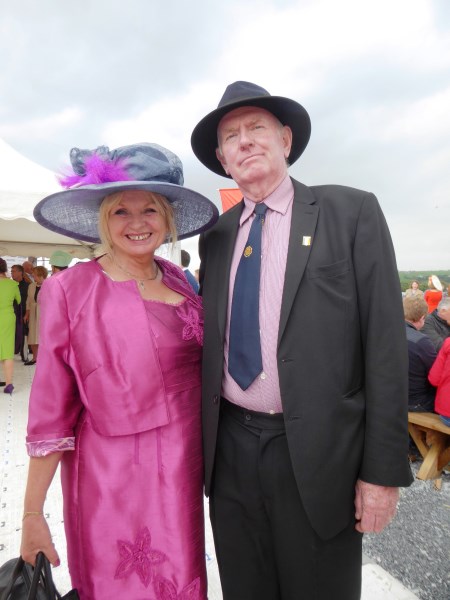
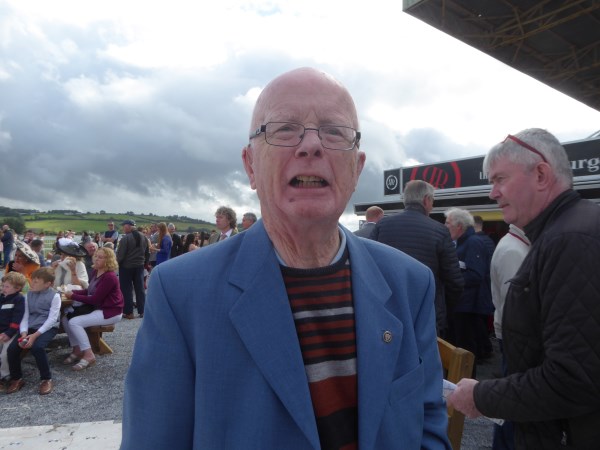
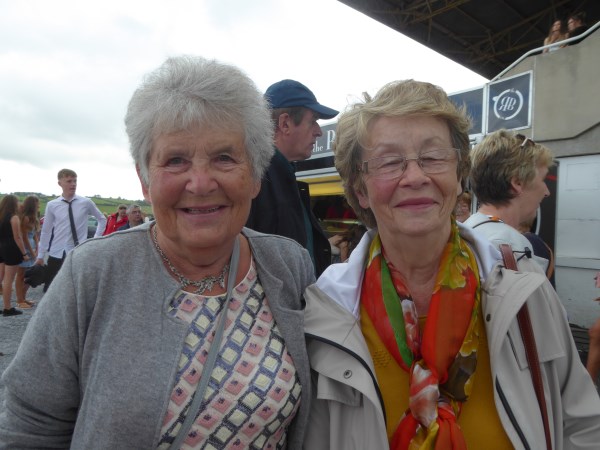
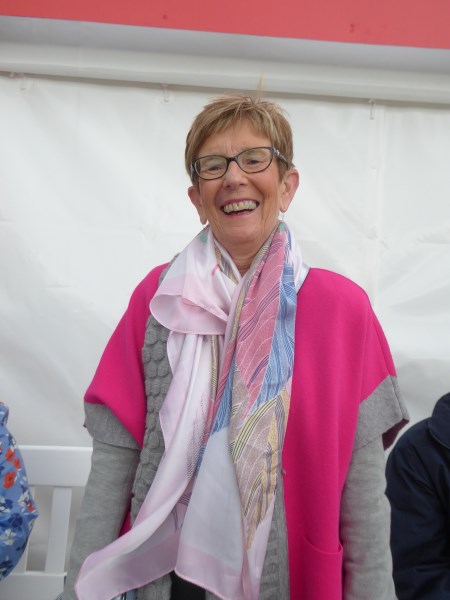
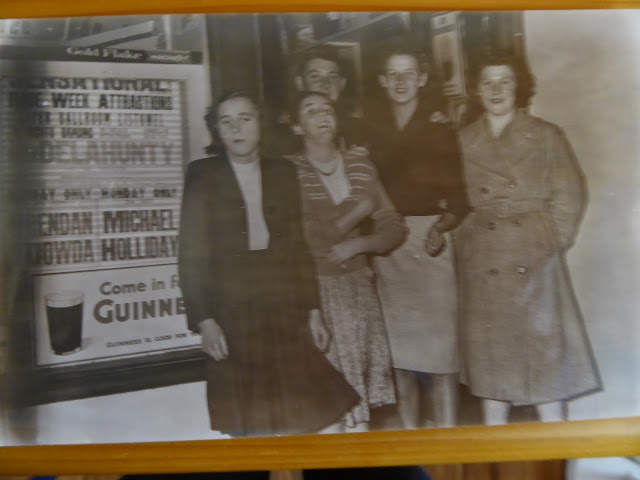

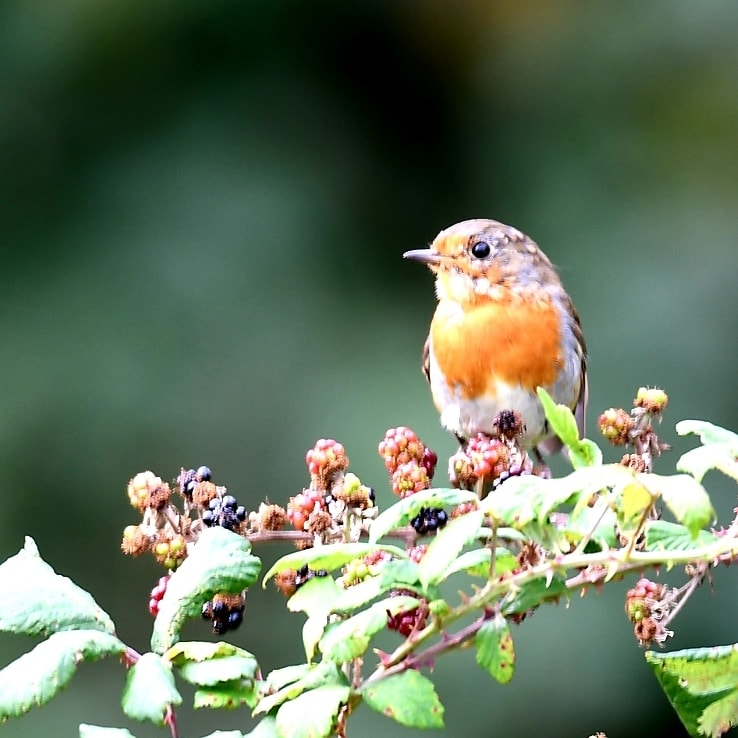
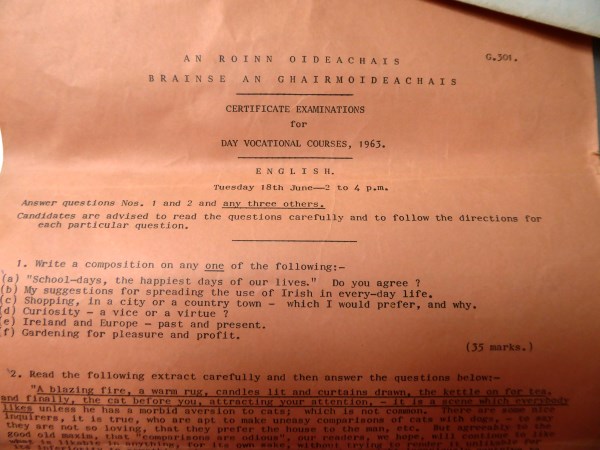
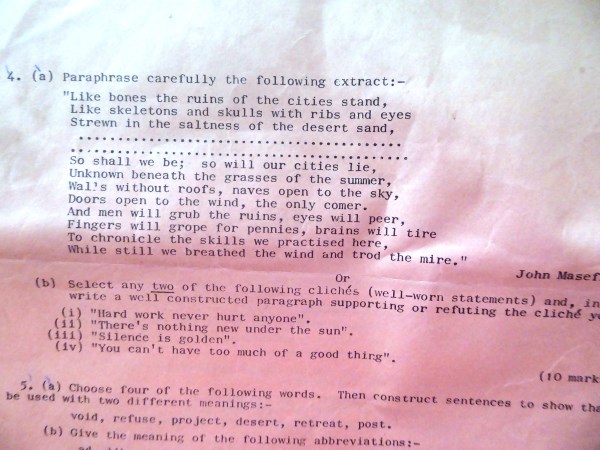
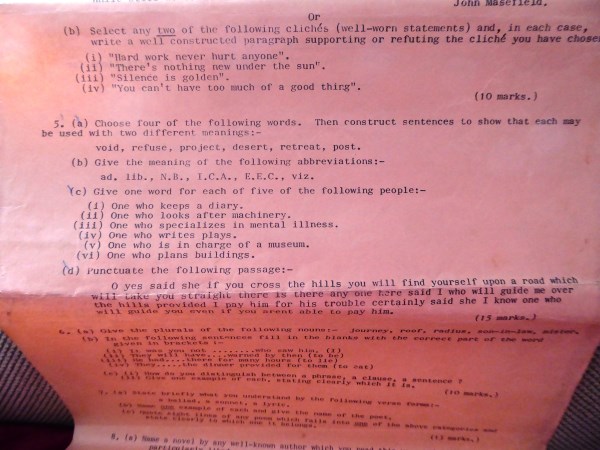
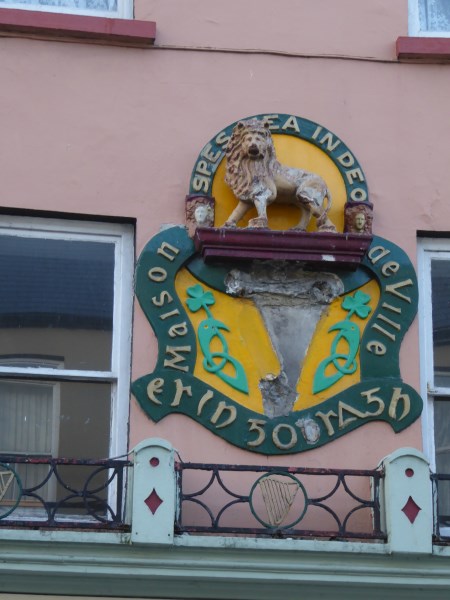
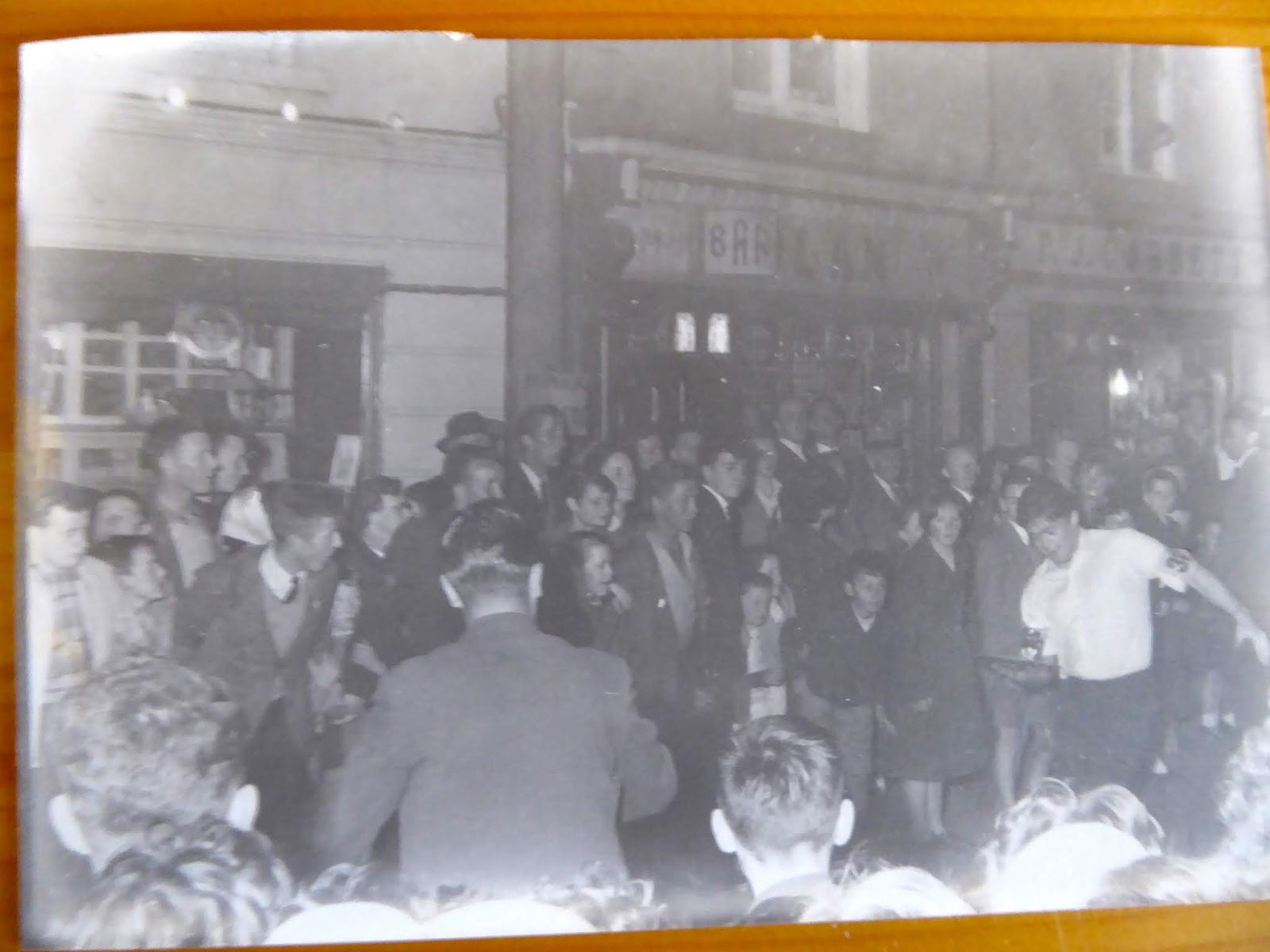
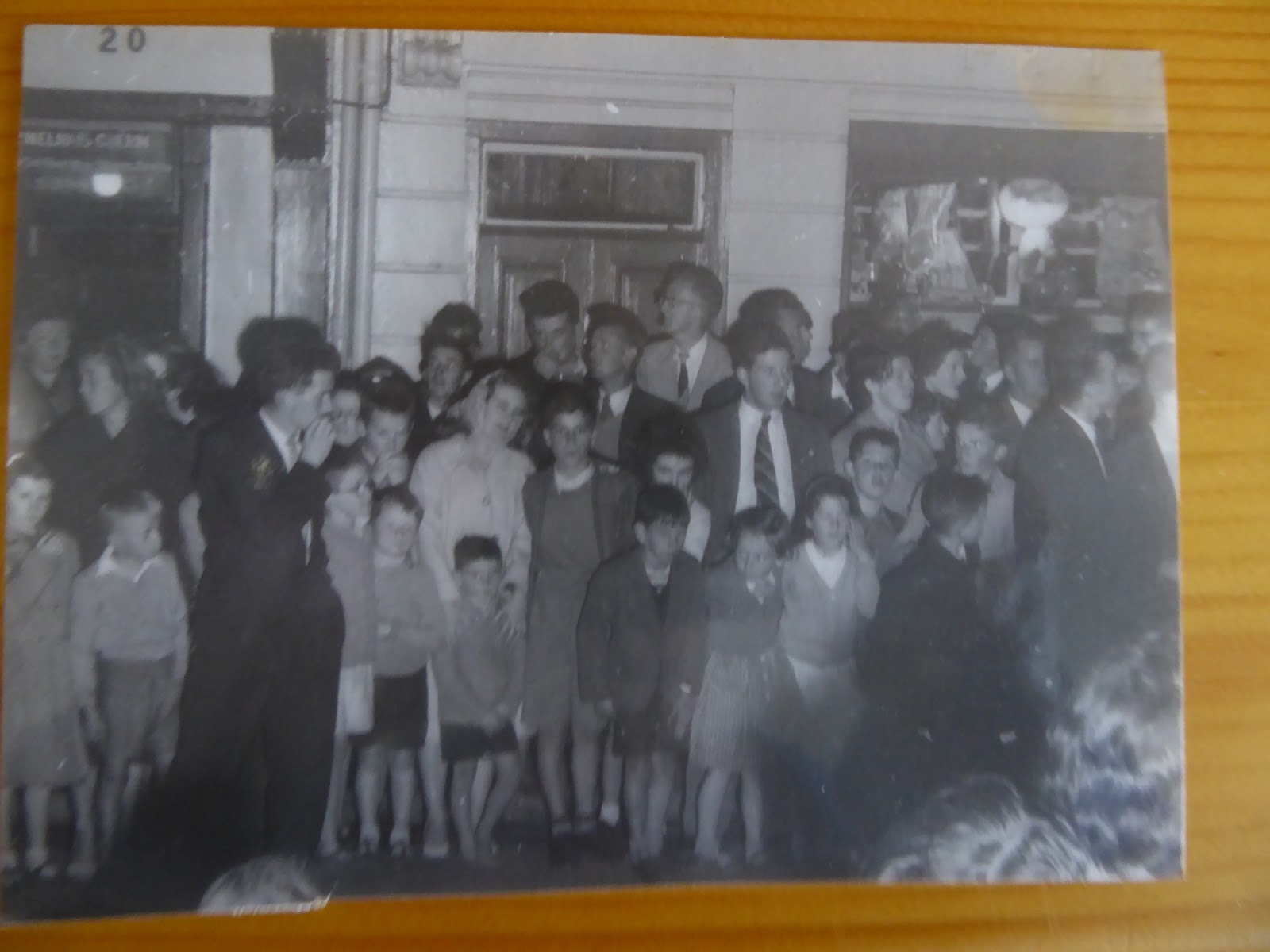

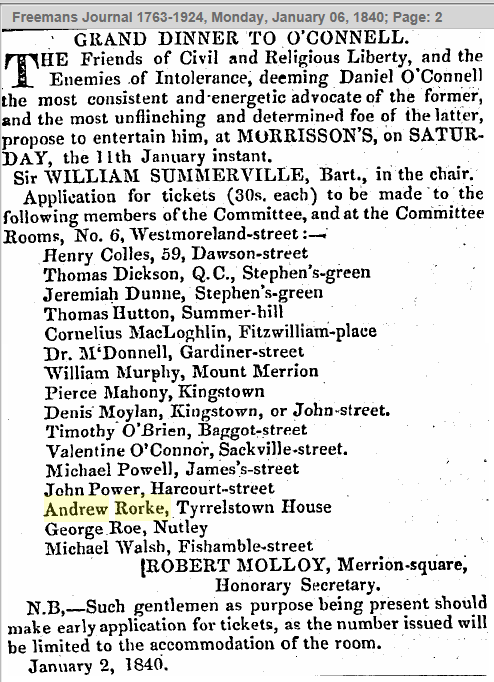
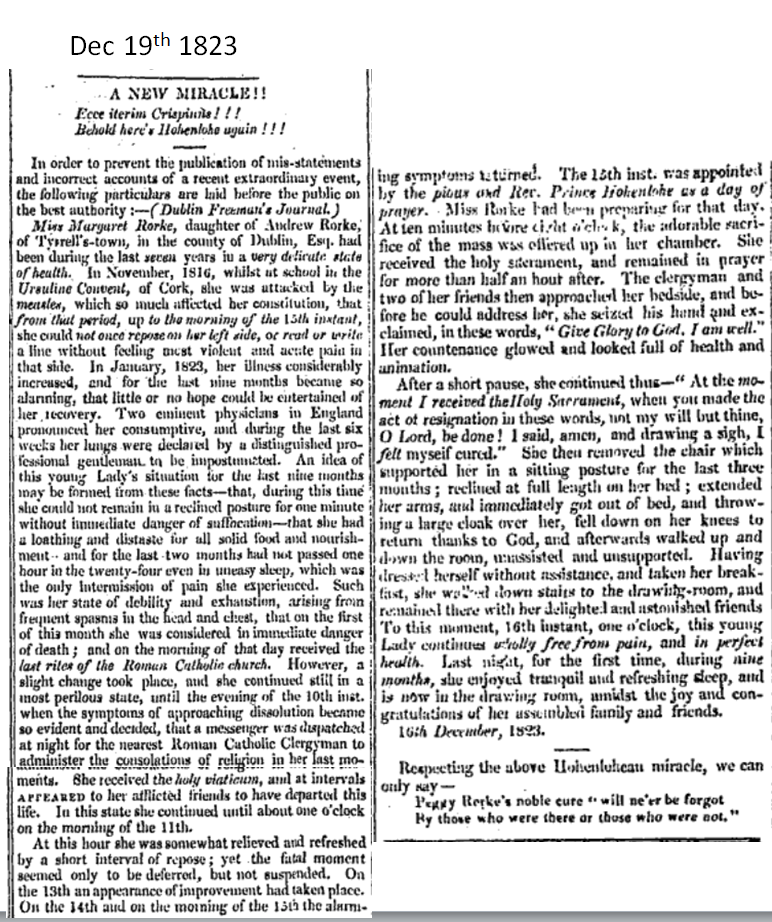
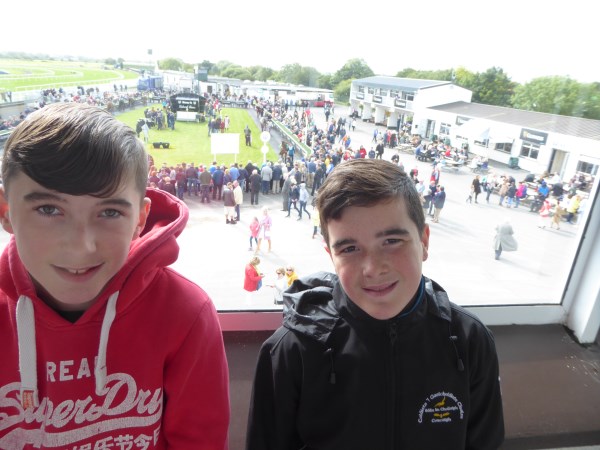
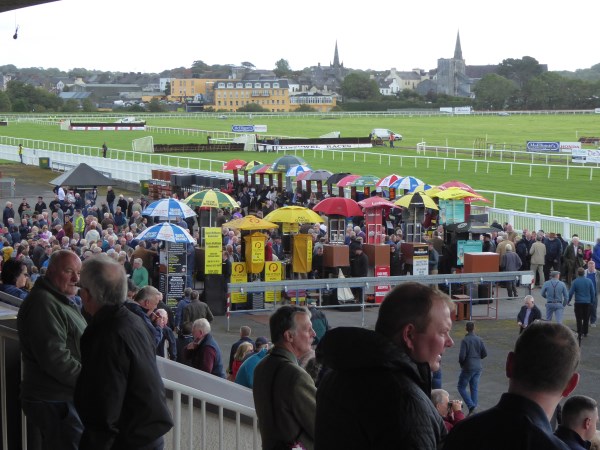
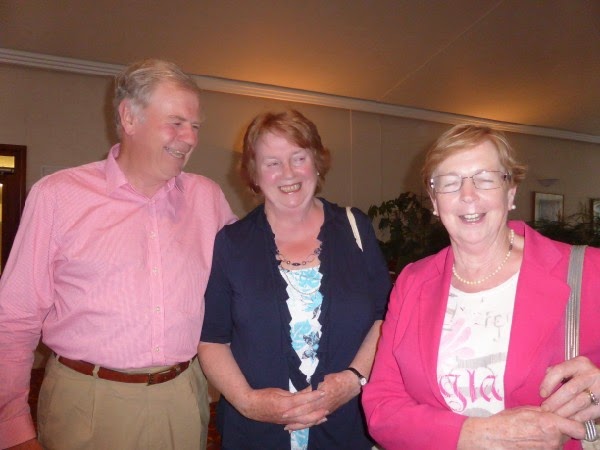
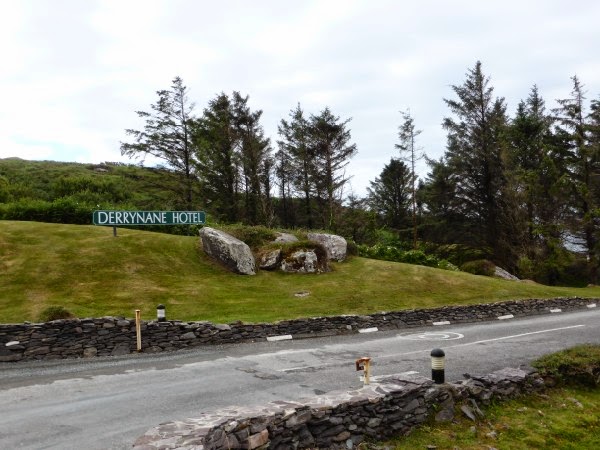
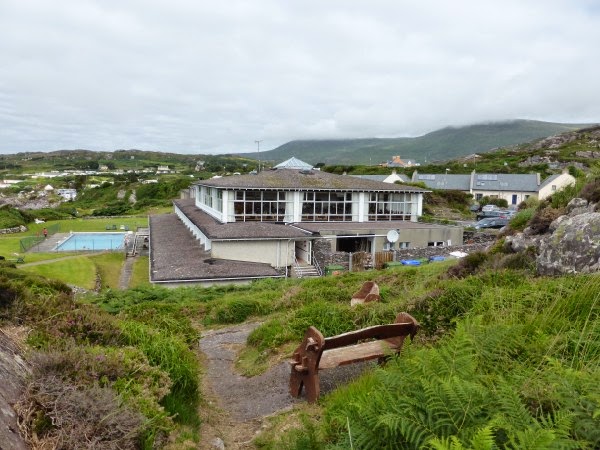
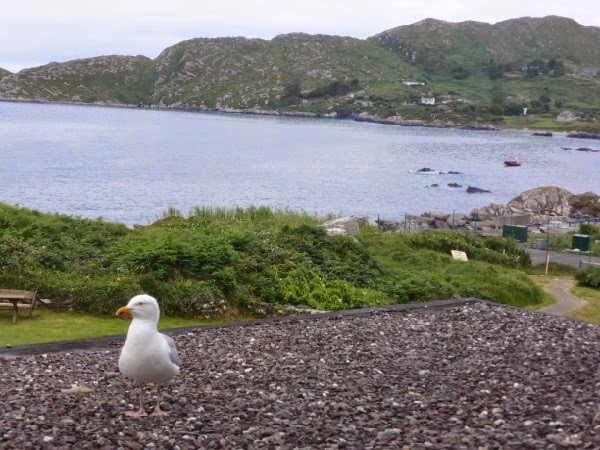
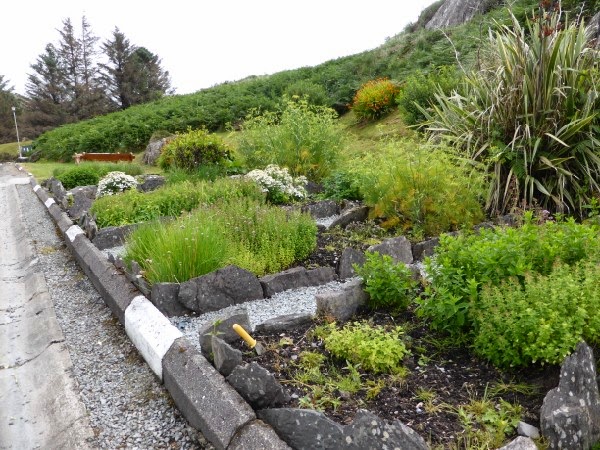
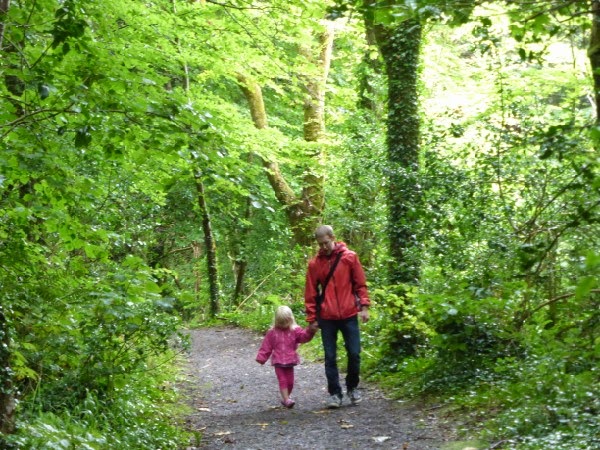
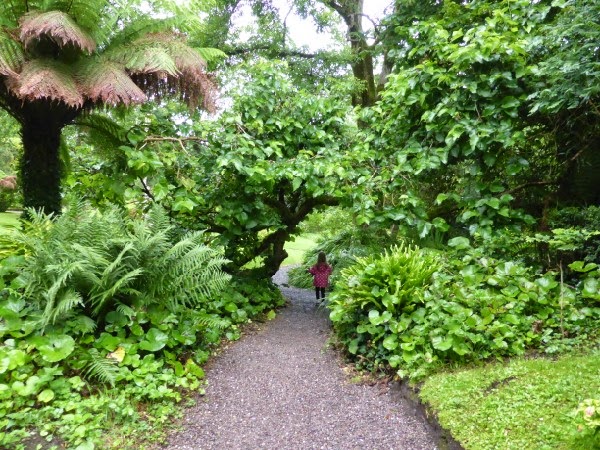 The woods are dense and the path surrounded by lush greenery. A great habitat for fairies.
The woods are dense and the path surrounded by lush greenery. A great habitat for fairies.